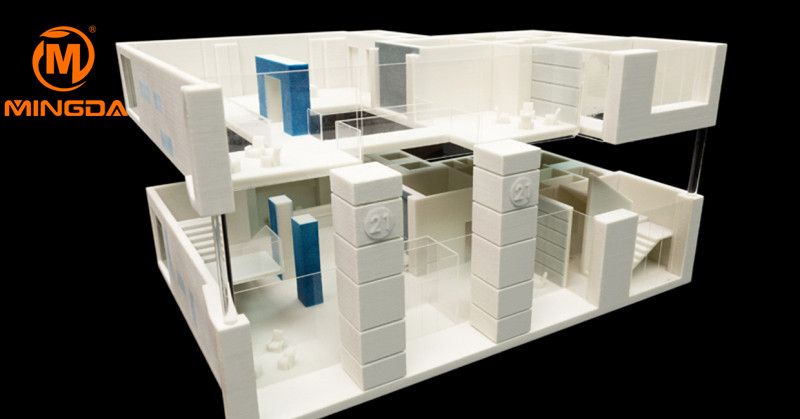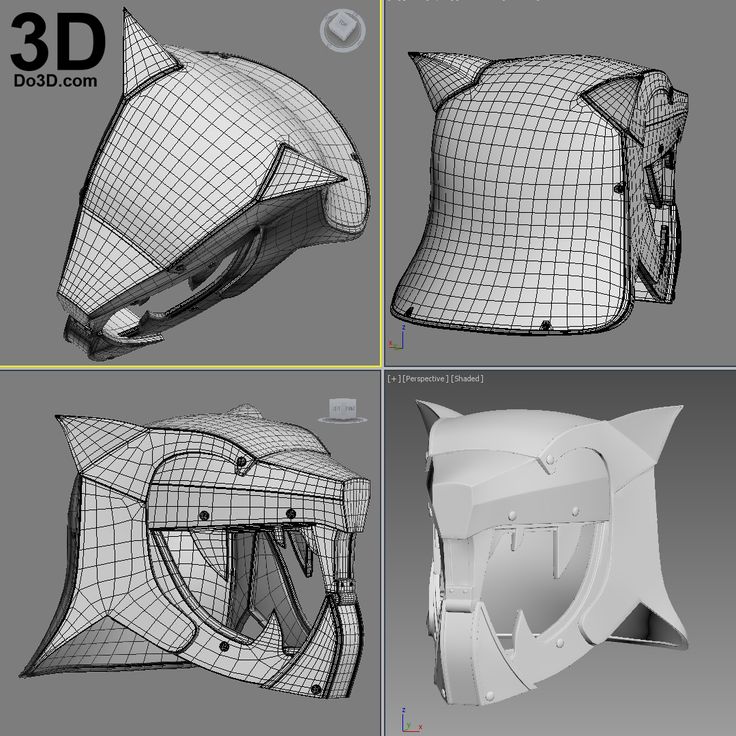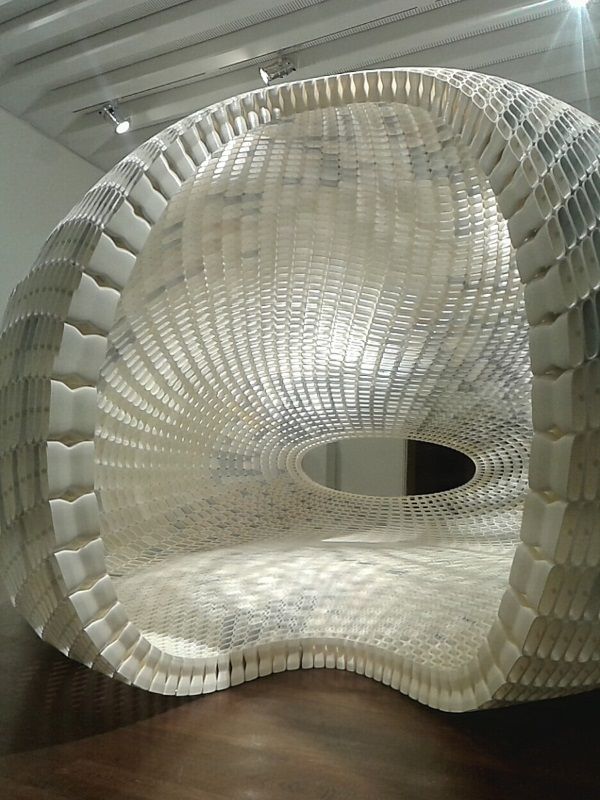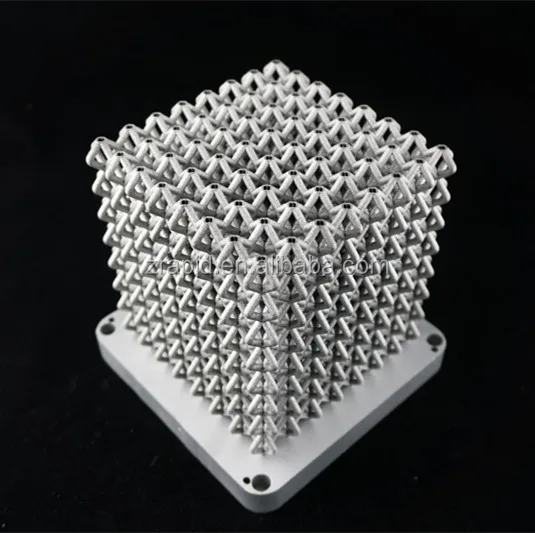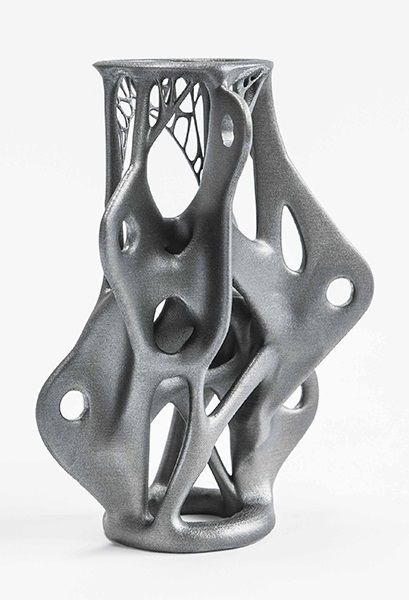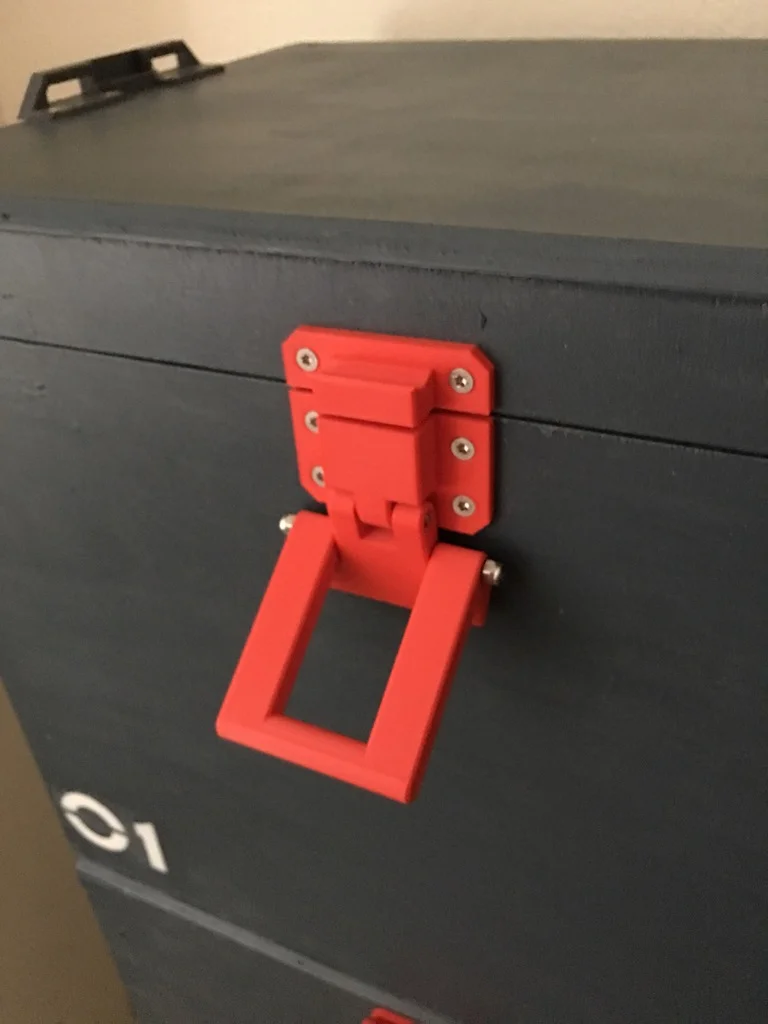Free software to create 3d models for printing
15 Best Free 3D Modeling Software in 2022
ADVERTISEMENT
3D Printing
3D printing is an additive method that involves building up layers of material to form a three-dimensional object. Subtractive manufacturing procedures, in which a final design is cut from a larger block of material, are the polar opposite of additive manufacturing. As a result, there is less waste from 3D printing.
3D printing is also suitable for rapid prototyping because it allows for the development of complicated, custom goods. Thermoplastics, metals (including powders), resins, and ceramics are some of the materials used in 3D printing.
3D Modeling
3D modeling software is a type of 3D computer graphics software that is used to create three-dimensional models. Modeling apps are individual apps in this category, such as SketchUp. 3D modeling is a difficult skill to master.
Working with 3D modeling tools can be frustrating at times, especially if you have never done it before. As a result, when trying to construct your first 3D model, it is critical to select the ideal option.
The good news is that there is a plethora of free 3D modeling software available that can assist a novice in quickly becoming acquainted with the tool.
3D models are important in digital production since they are utilized in animation, gaming, architecture, manufacturing, and product, and industrial design.
If you want to materialize your ideas without wasting time on the wrong tool, selecting the correct 3D modeling software is essential. It can be difficult to find the best 3D modeling software.
To assist you in finding the proper tool, we have compiled a list of 3D modeling tools suited for both beginners and professionals both.
ADVERTISEMENT
Comparison Chart
Best Free 3D Modeling Software
TinkerCAD
TinkerCAD is a simple and easy-to-use online free 3D modeling program that runs in a web browser and is available for free.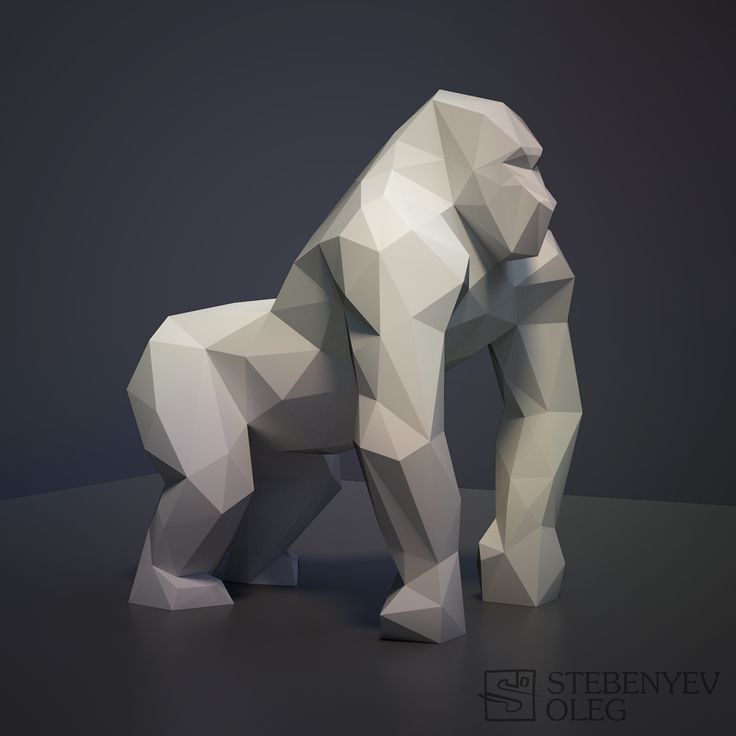
1st It has become a popular platform for producing models for 3D printing as well as an entry-level introduction to constructive solid geometry in schools since its release in 2011.
Individuals and firms in the manufacturing and advertising industries benefit from it. It also provides services to healthcare and architectural firms.
Uses:
- File modification is supported by the freeware, allowing you to reproduce previous designs.
- Old 2D and 3D plans can also be uploaded and altered by you and your designers.
- This CAD program allows you to evaluate and improve the designs of your products. TinkerCAD’s capabilities, such as a customizable work plane and exact scale size, enable you to create high-quality prototypes.
- TinkerCAD’s lines and configurable shapes can also be used to design circuits. After that, you may use the code blocks to create GIF-based marketing campaigns.
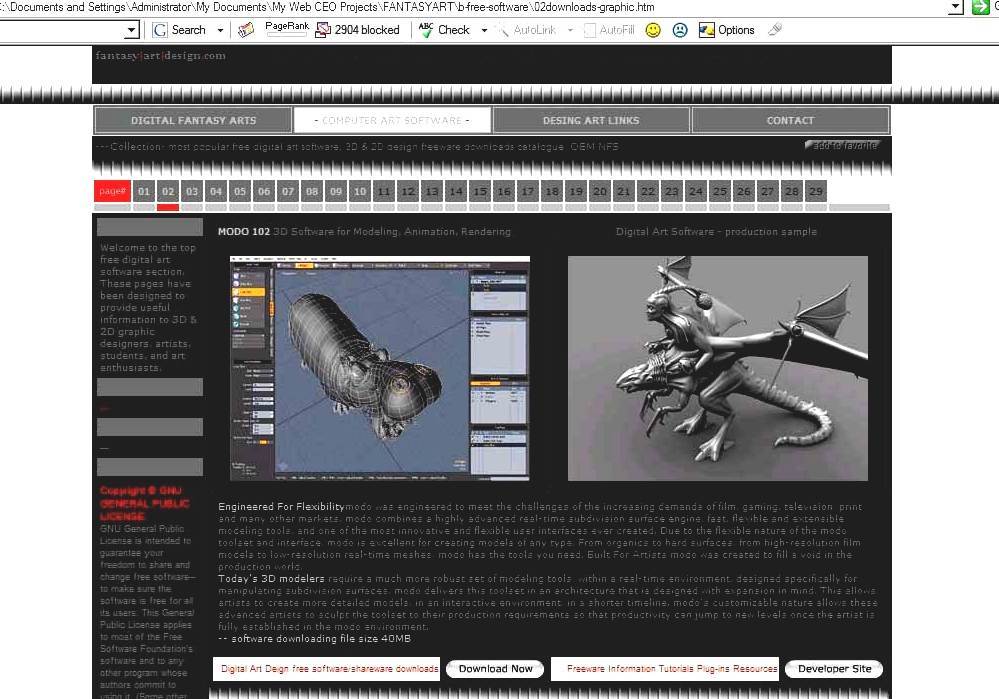
- TinkerCAD has design presets to assist you in getting started with the program.
- TinkerCAD enables companies to generate more items for less money. You will not have to pay for enormous warehouses because this program stores your product prototypes in the cloud.
- This platform has a simple user interface with features including 3D modeling, circuits, and code blocks.
PROS:
- TinkerCAD is a user-friendly program. The majority of 3D design tools have lengthy learning curves.
- It can be printed in three dimensions. It is a useful tool that generates solid 3D files for 3D printing.
- TinkerCAD is a lot of fun to work with. The community has produced a large number of 3D models. You might share your designs or work together on them.
- For STEM teachers, this is a must-have tool. It is well equipped with both electronic and coding features.
CONS:
- TinkerCAD is a web-based design program.
 TinkerCAD will not run if the internet is unavailable.
TinkerCAD will not run if the internet is unavailable. - TinkerCAD is primarily intended for 3D design beginners and students. It has a limit to what it can do. Aside from TinkerCAD, the capabilities of touch screen devices are similarly limited.
- There are few, if any, rendering options. There is no option for lighting. You could only offer your models plain colors.
ADVERTISEMENT
OnShape
OnShape is cloud-based design-free 3D modeling software that accelerates product development. It is a one-stop-shop that combines CAD, release management, workflow, collaboration, analytics, admin tools, and an API with over 50 engineering apps.
With real-time data and unique visibility into their company’s design and production processes, OnShape lets extended design teams collaborate faster and executives make smarter business decisions.
Users:
- Data management, collaboration, workflow, parts, assemblies, drawings, bill of materials, configuration, analytics, integrations, support, and security are just a few of the capabilities offered by OnShape.
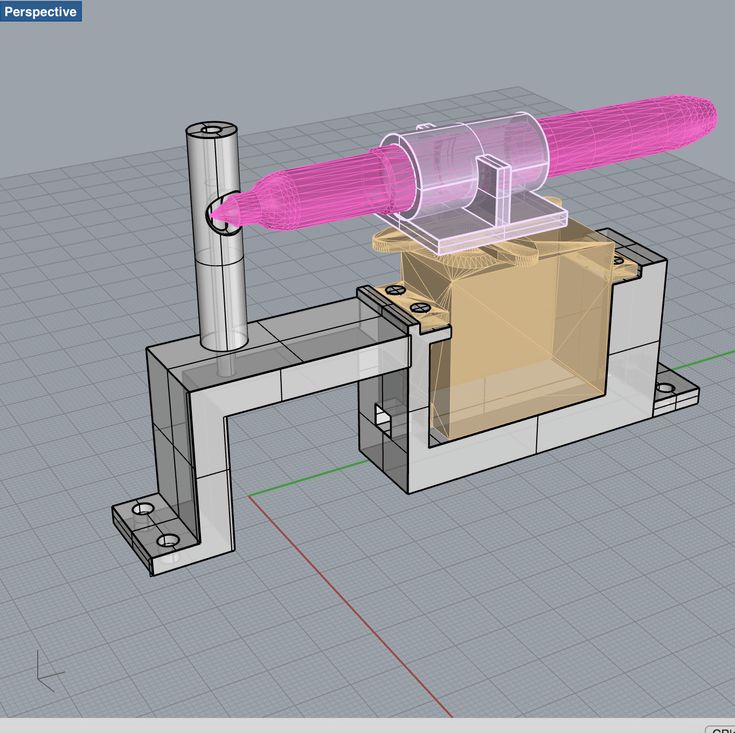
- Mac, PC, Linux, and Chromebooks are all supported by the platform.
- Its software allows users to collaborate with one another so that teams can try out different design ideas without affecting others.
- The technology allows for real-time data administration, allowing you to observe changes made by other users right away.
- It does not necessitate any user maintenance, and program updates are delivered immediately to the web interface.
- The application does not copy files; instead, it uses URLs to share them. Its cloud-based technology enables designers to work on their projects from any device, including a computer, tablet, or phone. OnShape may be used to produce both 2D and 3D artwork.
- The company gives customers program guidelines and specs to help them learn how to use it so that they may develop better final designs that are ready for 3D printing.
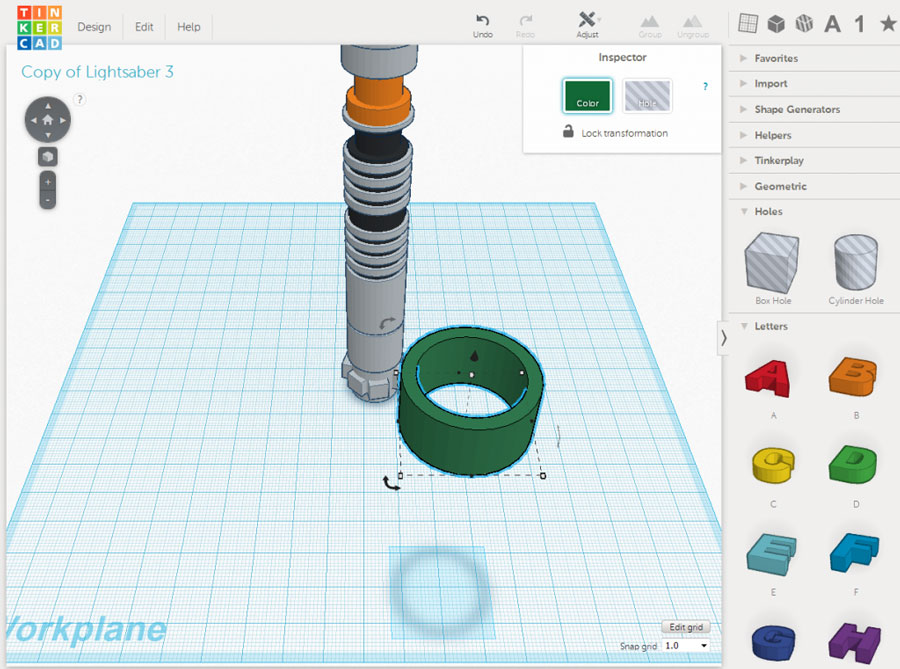
- The files can be exported in a variety of formats, including STL, DWG, and DXT. Furthermore, it is available in a variety of languages, including English, German, Korean, and Chinese, allowing us to engage with people from all over the world.
PROS:
- There is no need to install anything. You will not need any special hardware setups on your PC or other devices to use it.
- It is based on a cloud platform, allowing for a device-free working environment.
- Its strong design approach enables users to create 3D printing files that are free of errors.
CONS:
- It is contingent on a fully functional internet connection. Customers should be able to choose whether they want to use OnShape online or offline.
ADVERTISEMENT
MatterControl
MatterControl is an all-in-one free 3D modeling software program that allows you to create, slice, organize, and manage your 3D prints for free. Users will be able to design parts from scratch or browse existing designs using the Design Apps in MatterControl 2.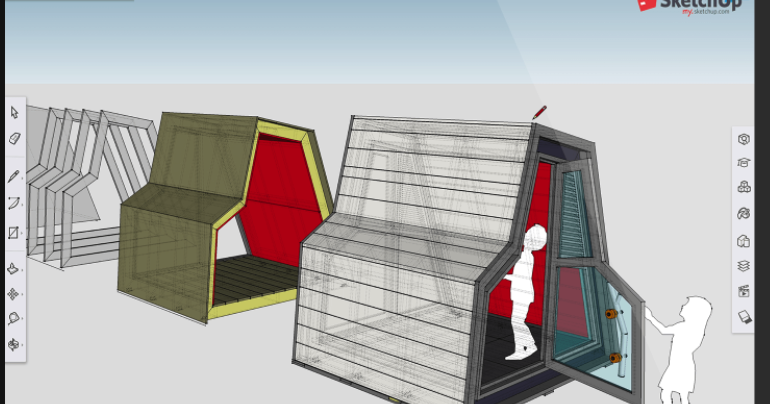 0.
0.
The software also excels in slicing; giving you complete control over support creation, bed leveling, and other advanced options. The model may then be printed and the print job monitored directly from the MatterControl platform, obviating the need for numerous programs.
Uses:
- MatterControl has superior 3D design capabilities than other entry-level CAD tools, making it easier to produce high-quality 3D models with more complexity.
- New Design Apps are included in the new edition of MatterControl, which provides customizable design templates for creating your own unique 3D models.
- Another exciting feature is the ability to customize support generation. Users can auto-generate supports or add them to specified portions of the model with this feature.
- MatterControl will now make it simple to select which extruder will produce a given item for individuals who have a dual extrusion 3D printer.
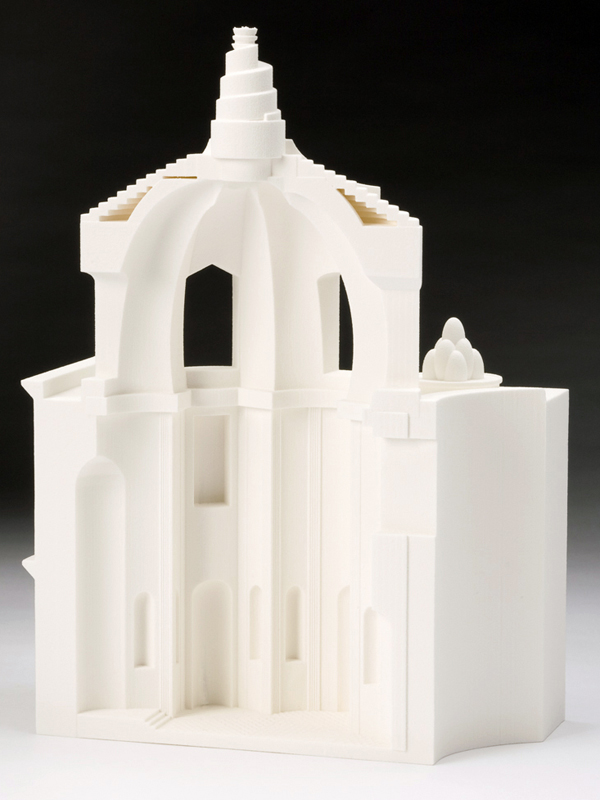
- If you print straight from MatterControl, the software will keep track of your printing progress and let you resume a print from where it left off if you lose power.
PROS:
- The Open source software is free; however, some plug-ins and add-on apps must be purchased.
- Under one roof, Matter Cloud has a number of applications: To create, slice, and monitor your print item, you only need one software.
- The user interface is really simple.
- The software is also suitable for beginners, thanks to the various tutorials and instructions.
CONS:
- The print quality of files made using MatterControl varies depending on the printer, but it does not compare to that of another program.
- The majority of useful plug-ins are paid.
- MatterHackers does not have an iOS app available.
ADVERTISEMENT
Sculptris
Tomas Pettersson designed Sculptris. Since 2010, when its inventor joined the Pixologic team, Sculptris has been developed as a project. Every modeling process begins with a clean piece of modeling clay that the user adjusts by tugging, squeezing, twisting, and pushing.
Every modeling process begins with a clean piece of modeling clay that the user adjusts by tugging, squeezing, twisting, and pushing.
Sculptris is a free 3D modeling software available for both Windows and Mac, and if you believe the nicest part about it is that it keeps you busy thinking, we disagree. The software is quite simple to learn and use. It also allows for a considerable bit of complex sculpting.
Uses:
- The Dynamic Tessellation function will alleviate all of your model geometry concerns. No matter what shape you have in your model’s geometry. The software divides the region under the brush automatically.
- If you add some volume to your model that you can truly stretch, the model does not come up with an excuse that you can’t. Instead, then stretching existing polygons, as is customary in other tools, Sculptris recognizes your demand and processes it similarly by creating new polygons.
- Another feature is Sculptris’ interaction with ZBrush, which allows you to easily upload, download, and make adjustments to your models on the cloud.
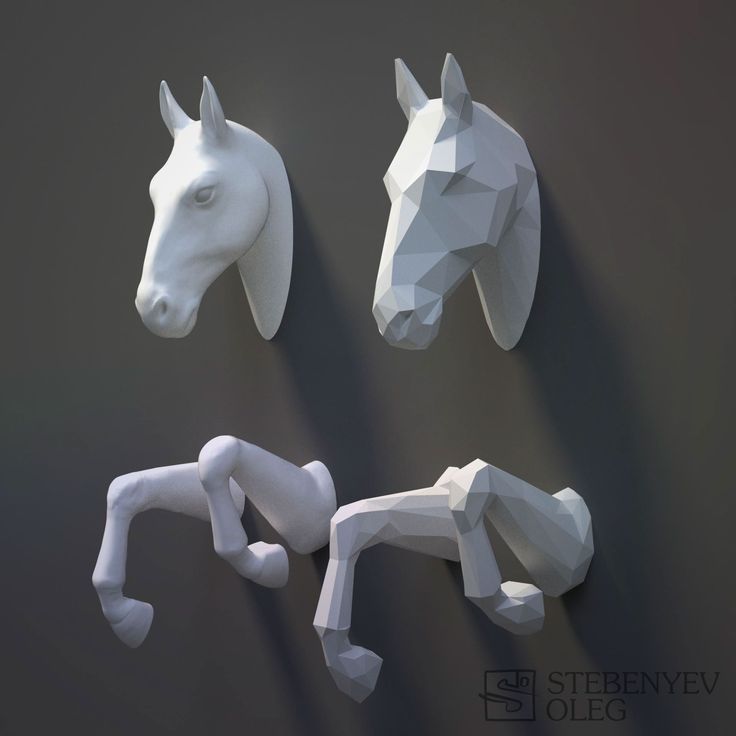
- If you feel that you have finished working on other portions of the model while working on other elements of the model, you can mask them.
- For simulation, Sculptris allows you to deal with a variety of materials.
- The UV map will automate the painting and texturing processes, and the projection painting textures created in Photoshop can be projected onto your model using the UV mapping tool, along with the projected painting textures.
PROS:
- Free of cost
- Sculpting facilitates creative expression.
- Compatible with Low-End Devices
CONS:
- There is no Linux version.
- The Sculpting toolset is limited.
ADVERTISEMENT
Blender
Blender, the free modeling, texturing, animation, and rendering app is the best free 3D modeling software available. The open-source program has been available for a long time, and as a result, it has a devoted following of artists, educators, and fans. It has a powerful 3D modeling and sculpting toolkit and is widely regarded as a suitable alternative to paid modeling software.
It has a powerful 3D modeling and sculpting toolkit and is widely regarded as a suitable alternative to paid modeling software.
Uses:
- Rendering is a popular Blender application. Cycles is a powerful tool for rendering polygons, lighting effects, bump maps, camera effects, and more.
- Modeling is another common feature. With various brushes and mesh modification methods, you may sculpt complicated shapes.
- It also has various visual effects. Blender has a built-in compositor with a library of nodes for combining effects, color grading, and other tasks.
- Another fantastic aspect of Blender is that it comes with its own game engine. This allows you to construct a 3D game within the software that includes logic, physics, scripting, spatial audio, and playback.
PROS:
- The documentation is rather useful for assisting new or experienced users in creating gorgeous 3D models.
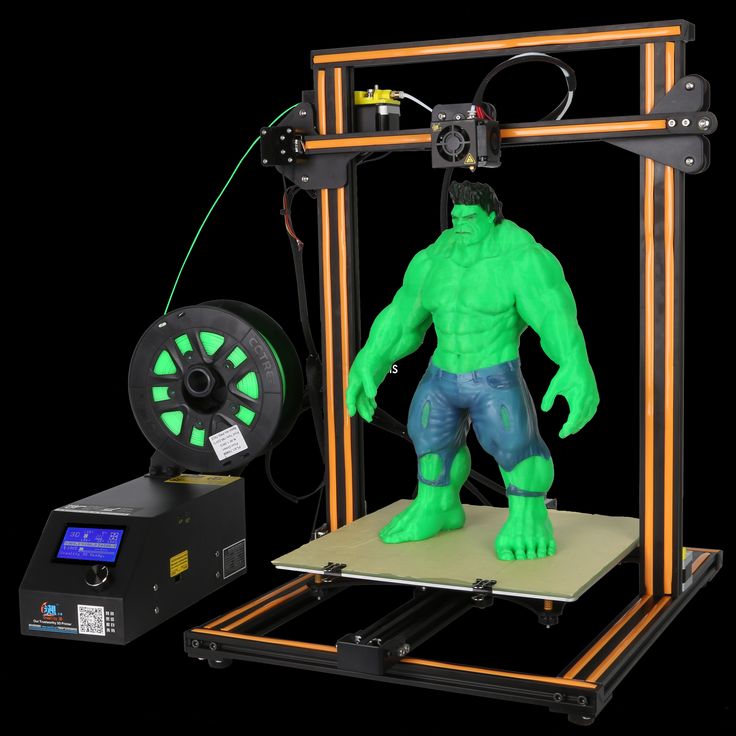
- For the newbie, it is an amazing tool for creating your own design for fantastic content.
- It has a lot of support from its users.
- With each new update, the performance improves.
CONS:
- A challenge to use.
- From time to time, the app may crash.
ADVERTISEMENT
SketchUp
SketchUp, the free 3D modeling software is a popular visualization and planning tool in a variety of industries, including architecture, interior design, urban planning, engineering, and construction.
For a first-time user, the clean and user-friendly layout stands out. This makes the core premise simple to comprehend and allows you to generate 3D models in just a few hours.
This is due to various user-friendly features that enable precise navigation and sculpting. Users and third-party corporations are encouraged to provide extensions, and many of them are free.
Uses:
- It makes use of direct editing push and pulls technologies to ensure that consumers are up to speed when it comes to creating daily things.
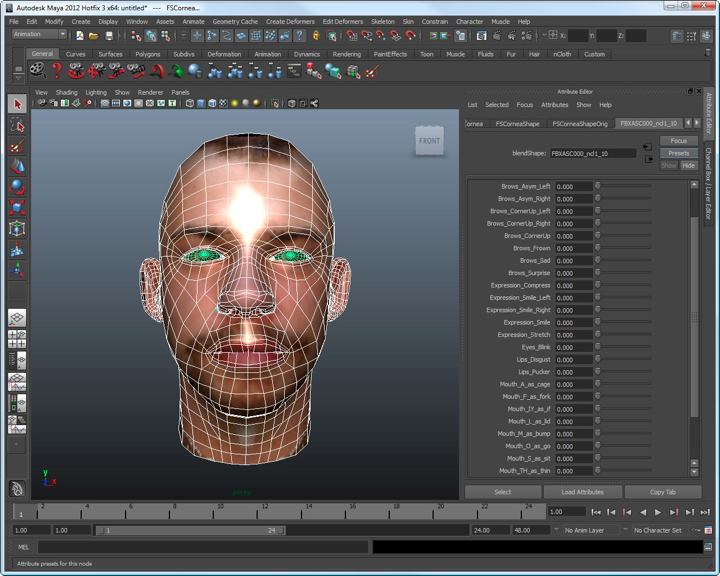
- Its user interface is designed to look like a dead-simple UI, yet it is well crafted enough to compete with the most capable CAD software available.
- Thanks to the fully customizable palettes, getting around this application is a breeze.
- The program allows you to customize the appearance of the palettes by adding, removing, or rearranging them. Most CAD software’s feature list is replaced by a huge icon, allowing the user to quickly locate commands.
- The majority of SketchUp’s capabilities are primarily geared at 3D modeling. The application does, however, include capabilities and tools for 2D design. As a result, it is an excellent choice for beginners who want to plan, visualize, and explain future construction projects.
- SketchUp comes in three different parts. SketchUp Free is the most basic and accessible 3D modeler available; SketchUp for School is a core modeler that runs in web browsers, and SketchUp Pro is a subscription edition that adds more features.
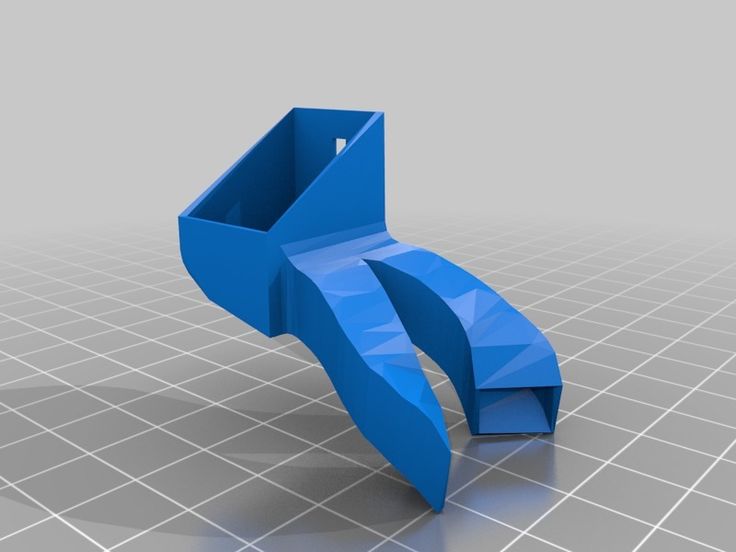 These modules cover a wide range of topics, ensuring that there is a perfect version for any designer in the field.
These modules cover a wide range of topics, ensuring that there is a perfect version for any designer in the field.
PROS:
- This product’s ease of use and the quick learning curve is excellent.
- It is simple and quick. You cannot anticipate high-quality engineered designs, but it is ideal for what I need it for.
CONS:
- Built-in content is limited in various ways. Rendering necessitates the use of plug-ins.
- It has proven difficult to get the files to some engineers.
ADVERTISEMENT
Vectary
Vectary is a free 3D modeling program that was developed in 2014 by a Slovak business and is perfectly suited to 3D printing and Augmented Reality applications. It was created for 3D printing fans and designers, allowing them to create complicated shapes using basic software.
Uses:
- Every model is built in the browser and saved in the cloud under your company account, making it accessible from anywhere, at any time.

- VECTARY is aimed towards users that wish to get into 3D modeling and expect professional-looking outputs quickly, thanks to its simplified user interface.
- You do not have to start from scratch with these free 3D scenes, models, and materials. Simply drag and drop your first scenario to create a realistic result in minutes.
- Instantly see your design via Augmented Reality, or easily embed your 3D model on your website like a YouTube movie. Using the Vectary Viewer API, you can create interactive 3D configurators with custom materials, animations, and shapes. The AR preview does not require the installation of any other apps.
- Because Vectary files are only accessible over the internet, the entire team always sees the most recent version, provides input in the form of 3D comments, or continues working on a colleague’s project. Everything is managed using a dashboard that looks like Google Drive.
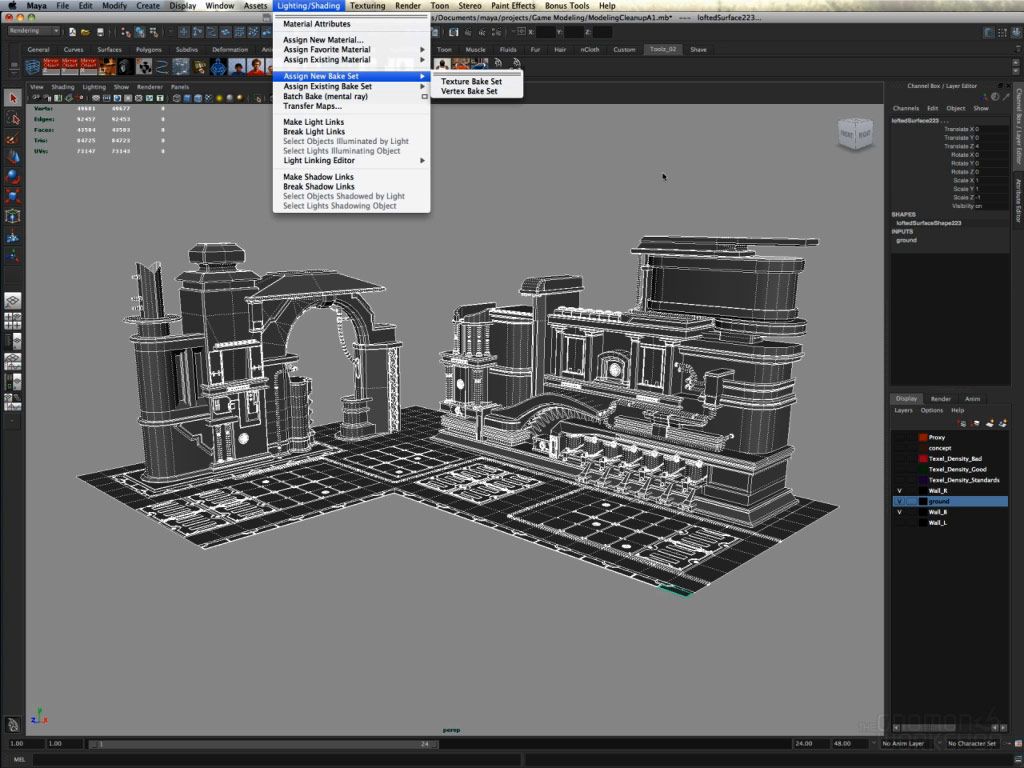
- Import and convert over 60 different 3D file types, including CAD files, to AR-ready files in seconds. USDZ, GLTF, and more currencies are supported by Vectary export. With its modification tool, you can optimize your geometry while you are at it.
- Mockups and elements in 3D for Figma and Sketch – In your preferred tool, use 3D mockups and elements. You can choose whatever view you like. Make your own 3D pieces and mockups.
PROS:
- Super simple to use.
- Free of cost.
- excellent prototype tool.
CONS:
- You must be connected to the internet.
- Changes occur frequently.
ADVERTISEMENT
Fusion 360
Fusion 360 is a cloud-based product design and manufacturing free 3D modeling software package that includes 3D modeling, CAD, CAM, CAE, and PCB design. With the only totally integrated CAD + CAM software package, you can directly update existing features or model fixtures.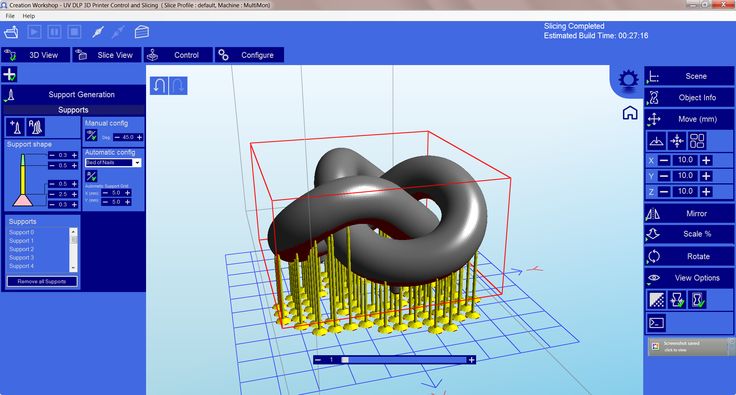
Uses:
- Your 3D model can be saved in a number of formats, including STL and OBJ.
- Sketching, parametric modeling, direct modeling, freeform modeling, surface modeling, sheet metal, mesh modeling, assembly, and PCB design interfaces are all available in Fusion 360.
- One of the advantages of 3D modeling software is that it is cloud-based, allowing multiple designers and engineers to collaborate on the same project.
- Fusion 360 is also a collaboration platform for several parties. On the same project, you can connect different teams and external stakeholders, communicate in real-time, and centralize project activities.
- Fusion 360 has generative design tools that allow you to experiment with different production scenarios that fit the design parameters you have set.
- There are numerous online resources accessible to educate you on how to use the software, and the learning curve is not as high as with other CAD systems.

PROS:
- Non-commercial use is free. Tools that are both powerful and intuitive.
- For students, entrepreneurs, and professors, [Autodesk] Fusion 360 has a free edition. – The modeling tools are excellent, allowing you to quickly create organic structures.
- Because it is owned by Autodesk, it gets excellent support. – To transmit it to be cut or 3D printed, you can produce machine code (G-Code).
- There are various tutorials available online, and it is becoming increasingly popular in the mechanical design business.
CONS:
- Some functionality changes, which can be inconvenient when you are in the middle of a project and your workflow changes
- This might be especially perplexing for individuals who are unfamiliar with 3D modeling or CAD software.
ADVERTISEMENT
MeshMixer
MeshMixer is a free 3D modeling and 3D printing software package from Autodesk that has a number of useful features to aid you in your modeling and 3D printing processes.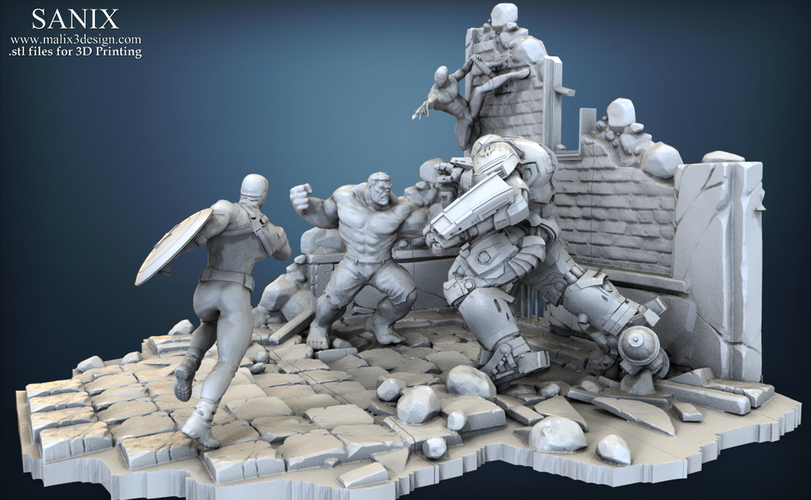
MeshMixer 3.5, which is available for Windows and Mac OS, uses surface modeling to create any form of part from another model on a triangular mesh.
This 3D software has capabilities including drag-and-drop mesh mixing, 3D sculpting, hollowing, powerful selection tools, automatic printing, and more.
Uses:
- STL, OBJ, and 3MF files can be viewed and conversed about.
- Mesh in imported 3D models can be repaired. Models can be edited natively within the platform.
- Software is a stand-alone slicer that accepts 3D models generated by another program. The software also has a built-in 3D modeling feature.
- The software can be downloaded as an app and is offered as a cloud-based, in-browser product.
- This printer allows you to easily mix several models in a variety of innovative ways, such as cutting meshes and joining them together in a few clicks.
 You may join meshes using plane cuts, mirroring, and Boolean tools.
You may join meshes using plane cuts, mirroring, and Boolean tools. - Models should be tweaked and optimized for 3D printing.
- Analyze various model attributes (such as thickness, solidity, and stability) in relation to 3D printing.
- Use a linked desktop 3D printer or an online 3D printing service like Sculpteo to print your product.
- After you have finished your 3D design, you will need to export it as a 3D file for 3D printing, using the correct file format for additive manufacturing. MeshMixer may also export your model in a variety of formats.
PROS:
- It has a user-friendly interface and includes capabilities that are really useful for 3D printing.
- STL files can be easily edited, and an auto-fix tool is included.
- Inspector and thickness tools in the analysis menu are quite useful.
CONS:
- The software seems difficult to use when building from scratch.
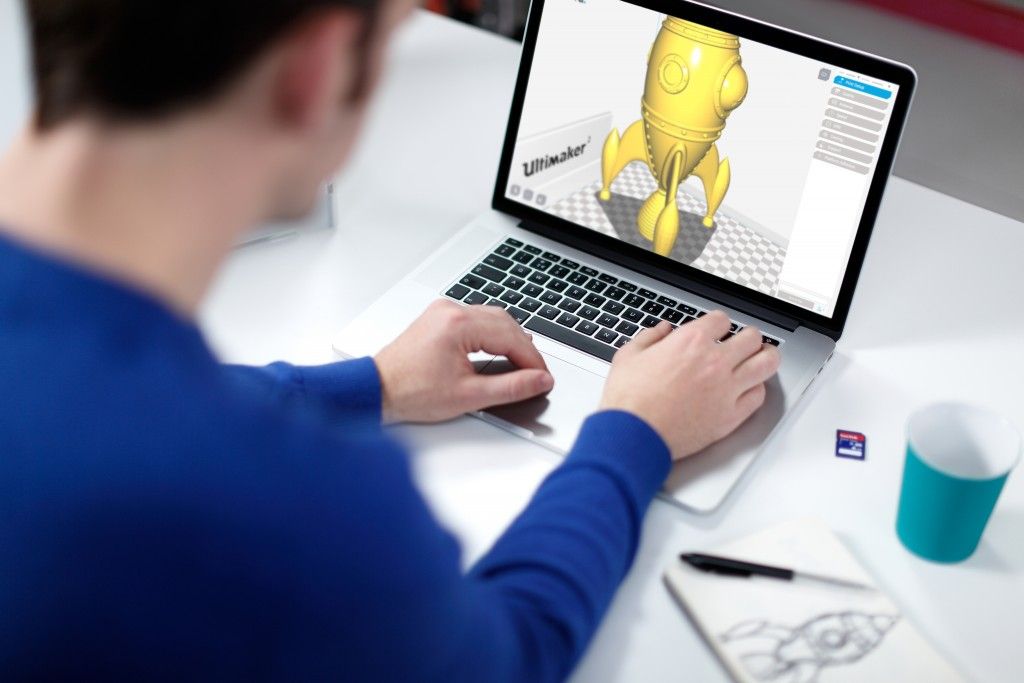
ADVERTISEMENT
FreeCAD
FreeCAD is an on-premise, open-source CAD program that uses parametric 3D modeling and belongs to the PLM, CAx, and MCAD classes.
Product designers, engineers, architects, educators, and hobbyists are among the professional and personal users who will benefit from free 3D modeling software.
Users can use the software to make detailed things in a number of specifications. It’s a great design platform for both small and large businesses.
Uses:
- Catia, SolidWorks, and Solid Edge all have similar feature sets. Mac, Windows, and Linux are all supported by FreeCAD.
- Managers can use FreeCAD to build objects such as boxes, cylinders, spheres, and other geometrical limitations. Businesses can generate 2D views of existing 3D models using the technical drawing module, which includes choices for detailed and cross-sectional views.
- FreeCAD is an open-source paramedic 3D modeler that can be used on-premise to assist businesses design items of various sizes.
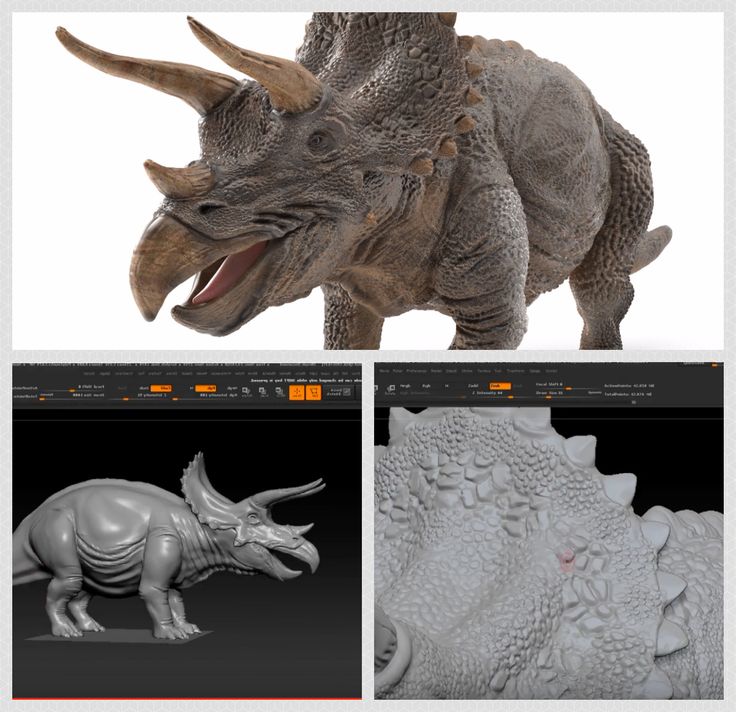 On a single platform, programmers can draw limited 2D shapes and use them as a foundation for creating other things.
On a single platform, programmers can draw limited 2D shapes and use them as a foundation for creating other things.
PROS:
- It is one of the different versions of AutoCAD software when compared to other AutoCAD software.
- This software allows the creation of 3D drawings at various projection angles, which is a truly amazing feature.
- This software is utilized by everyone, from students to experts, and has proven to be beneficial to all.
CONS:
- When we update-modules, some of the modules are not updated at the same time.
- For new users, the learning curve of this software is rather steep. Some users may be required to take CAD classes in order to gain a solid understanding of how to utilize this software.
ADVERTISEMENT
SelfCAD
SelfCAD is a cloud-based CAD tool that allows all types of users to model, sculpt, slice, and print 3D objects, scenarios, and designs online at an affordable price.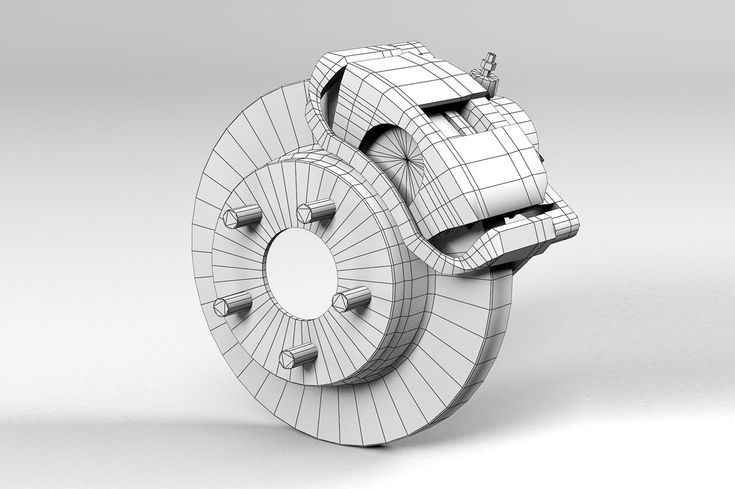 This program may be used by kids, students, professionals, and hobbyists to learn or improve their 3D design skills.
This program may be used by kids, students, professionals, and hobbyists to learn or improve their 3D design skills.
This free 3D modeling software gives users access to all of the tools and features they need to create, customize, and print 3D items from a single application. As a result, they no longer need to launch and operate different applications while working on their 3D designs.
SelfCAD is equipped with simple yet powerful tools that allow users to do 3D modeling, sketching, and sculpting, as well as create accurate and artistic drawings and share their designs on social media and in public galleries.
Uses:
- Users may save their 3D objects, scenarios, and designs online and access them from any computer, anywhere, and at any time because SelfCAD is a browser-based 3D modeling application.
- Printing 3D design creations or sharing them online is simple with SelfCAD. Users will be able to build, fix, slice, and print 3D models directly from their browser.

- SelfCAD also connects with MyMiniFactory, a digital marketplace where designers may share print-ready 3D designs for free or for a fee. They can share their 3D design work on Facebook or Instagram, as well as on SelfCAD’s forum and blog.
- The online 3D CAD modeling application includes a variety of tools that enable 3D modeling, drawing, sculpting, and slicing simple for users.
- SelfCAD is a free 3D design program that runs in the browser. Beginners who are unfamiliar with 3D modeling and design might utilize it to learn abilities that they can utilize later in their professional jobs.
- Expert designers will benefit from the program’s extensive tools and capabilities, which will help them improve their CAD skills. They can foster creativity by leveraging fun-to-use tools and features in programs like shape generators and 3D sketching tools.
PROS:
- It includes a lot of modeling brushes.
 SelfCAD also offers a unique function called Shape Generator. This allows for faster and more interesting model creation, as well as faster work with simple forms.
SelfCAD also offers a unique function called Shape Generator. This allows for faster and more interesting model creation, as well as faster work with simple forms.
CONS:
- The g-code can’t be uploaded directly to the printer’s cloud interface.
ADVERTISEMENT
Wings 3D
Wings3D is the greatest program for learning how to model in the “low-poly” approach for animation and game development. Its surface modeling tools are simple to use, and its texture mapping skills are more than adequate for hobby game projects. It also outputs in all of the common file formats.
Uses:
- Aside from the UI, this free 3D modeling software’s main strength is its advanced subdivision capabilities and AutoUV functionality, which allows you to export an unfolded image of your design’s surface for painting and texturing in an image-editing tool.
- Wings 3D also allows you to try your hand at 3D sculpting, making it a quite feature-rich free 3D modeling software.
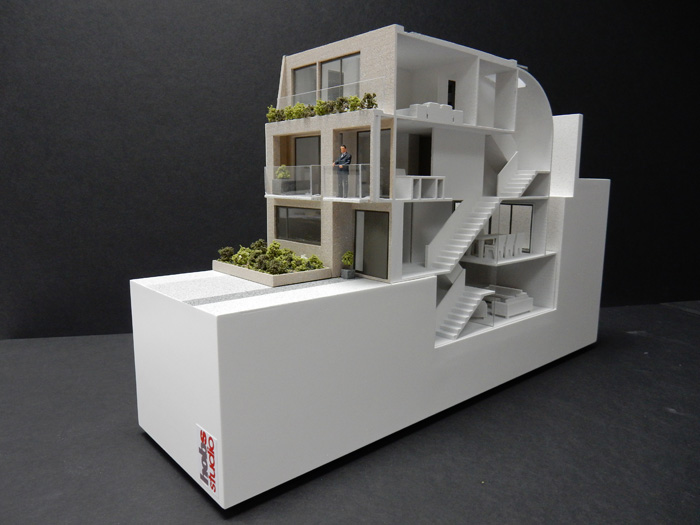
- Wings 3D is a multi-purpose 3D modeler that is arguably best suited for 3D animation and 3D printed creations.
PROS:
- Advanced tools are also available. A virtual mirror is included in the software, making symmetrical modeling a breeze. It also has to modify and sculpting tools, allowing users to create even more complex models.
- There is a large range of supported 3D file types to get you started, particularly for merging with other 3D workflows. It’s made for modelers that know exactly what they want and how to obtain it.
CONS:
- In Wings, there is no support for animation.
- If you’re not accustomed to 3D modeling in general, wings3D will take some time to get used to.
- Its UV mapping system is also less intuitive than that of another program like Maya.
ADVERTISEMENT
Leopoly
Leopoly is a cloud-based free 3D modeling program that allows you to create digital items for 3D printing. This 3D program includes features including a product configurator, a large range of editing tools, new customer training, a good user-friendly interface, and more.
This 3D program includes features including a product configurator, a large range of editing tools, new customer training, a good user-friendly interface, and more.
This 3D animation software is becoming more popular than other software in the present day.
Uses:
- LeoShape, LeoTrainer, LeoSpace, and ShapeLab are some of the tools available in the package.
- Before printing, it can analyze a 3D model and detect potential flaws. Several export formats, such as.STL and.OBJ, are now accessible.
- LeoShape is the major tool from the Leopoly portfolio: it’s a software solution that allows users to model their concept, analyze it, and transfer it safely to a 3D printer.
- To produce precise and sophisticated meshes, LeoShape is a cloud-based application that uses voxel modeling and vertex modeling.
- LeoShape is also a visualization tool that allows the user to see the part’s size, structure in space, and so on.

PROS:
- Importing a 2D file into 3D mode is simple.
- Improved 3D visualization
CONS:
- More themes in materials and textures have been added. It’s also necessary to support at least one version.
BlocksCAD
BlocksCAD is a free 3D modeling program geared toward educators. It was designed primarily for individuals who want to learn how to design and produce simple 3D models before going on to more professional applications like OpenSCAD.
The technological firm aspires to assist students and people of all ages in continuing to pursue their interests in math, technology, and science. However, before diving into the complicated OpenSCAD system, it’s important to understand the fundamentals of 3D modeling.
BlocksCAD is an online tool that enables students to learn coding and computer thinking by creating things that may later be 3D printed.
Uses:
- BlocksCAD is built on OpenSCAD, a free and open-source programming language.
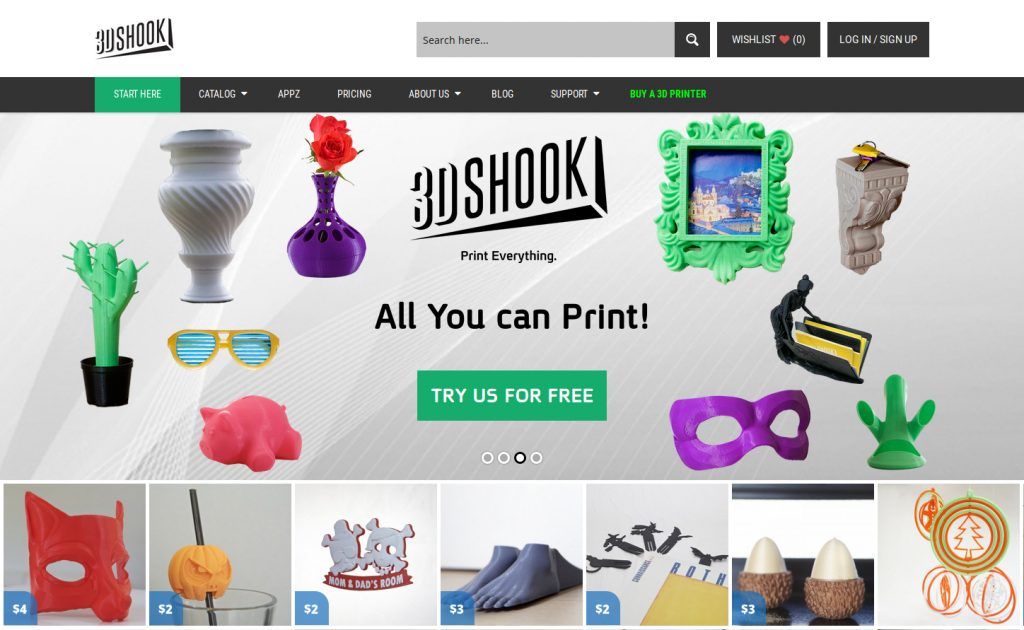
- You may utilize variables to adjust sizes, loops to create uniform design patterns, randomization in models, and use modules to construct your own library of shapes, among other things. In order to save all of the designs that have been made.
- BlocksCAD is an online tool that enables students to learn coding and computer thinking by creating things that may later be 3D printed.
PROS:
- Drag and drop CAD modeling in the LEGO style
- This is an excellent tool for teaching OpenSCAD to children.
- Before you download the OpenSCAD code, take a look at it.
CONS:
- Imported STL files do not convert successfully to OpenSCAD files.
ADVERTISEMENT
Ultimaker Cura
Ultimaker Cura is a free 3D modeling program that helps you prepare your model for 3D printing. You can start printing with confidence in no time thanks to optimized, expert-tested profiles for 3D printers and materials.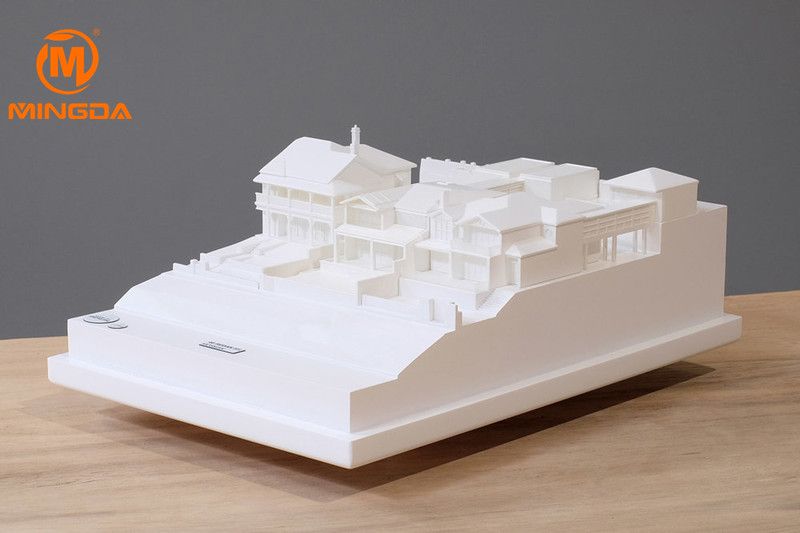
You may also streamline your workflow for optimal efficiency by integrating industry-standard applications.
Uses:
- Wire printing is a fantastic feature of Ultimaker Cura that allows you to build fascinating and sophisticated three-dimensional wireframe things.
- Ultimaker Cura’s Spiral Mode, often known as vase mode, throws the typical layer-by-layer approach out the window. Spiral Mode, on the other hand, selects to print only the part’s edge while gradually and steadily rising the height axis as it spirals upwards.
- Ultimaker Cura has a great hidden feature that allows you to rapidly and simply make negatives of CAD designs. This option prints the selected model in negative and surrounds it with a wall.
PROS:
- Able to promptly obtain a price estimate for the 3-D print
- Cura also allows users to edit the G codes of our 3D parts, allowing me to interrupt printing by adding extra command lines.
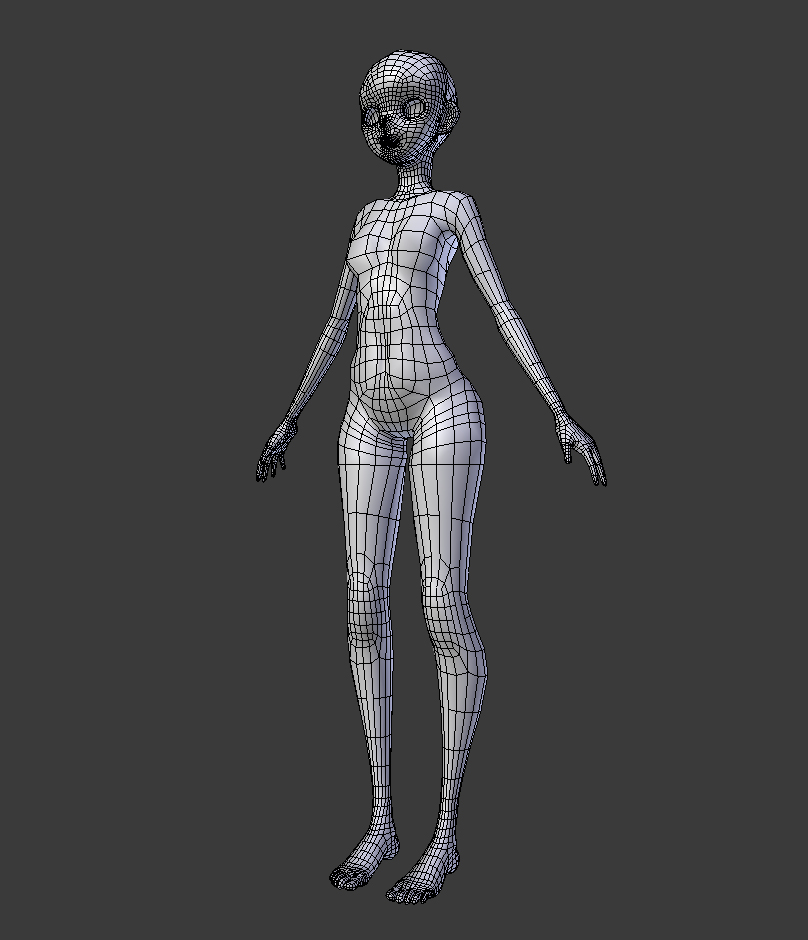
- This is useful for all 3D printers.
CONS:
- At first, configuring all of our printer’s parameters is a little difficult.
- When loading huge files, the software can be slow. The application will occasionally crash or will have to wait a long time for it to splice.
ADVERTISEMENT
Frequently Asked Questions (FAQs)
What Exactly Does Modeling Require?
3D modeling is a phase in 3D computer graphics that entails building a three-dimensional object by adding, deleting, and altering its component pieces using 3D modeling software. You can test products using 3D modeling before moving on to the production stage.
In What Situations Do I Need To Contact A 3D Modeling Service?
If the manufacturer does not already have 3D models of his products, 3D modeling is required. If the component supplier does not have current 3D models of the products, the subcontractor must utilize their modeling technology to generate 3D models of the products, whether the items have simple or many selection options.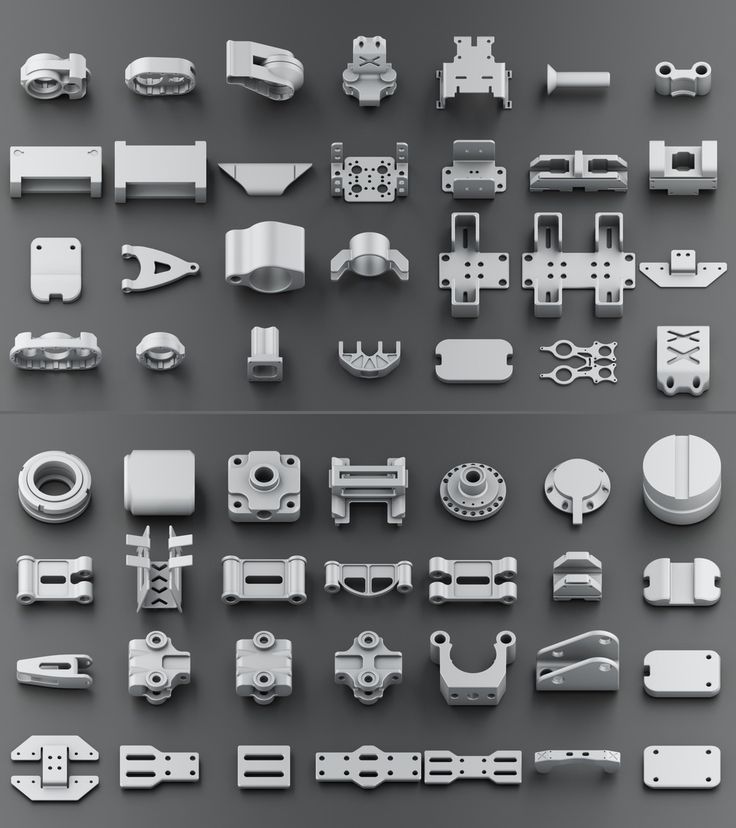
Depending on the requirements, the models may or may not be parametric. This mode is useful for including smart parameters into a model, which allows it to be modified and manufactured in several versions. The catalog is ready for release once the 3D models have been prepared.
What Is The Subcontractor’s Requirement?
The subcontractor must have all of the necessary plans to comprehend the items’ geometry. This includes tables with dimensions.
Is It Time-Consuming To Model Components In 3D?
Everything is dependent on the number of products you order and, more importantly, the information you offer to the subcontractor. Technical CAD professionals will be able to model your products more easily if you supply more technical information about them.
Are The Products Secure?
Rest assured, your product’s geometric information is simplified, and your intellectual property is protected.
Technical CAD professionals can help you simplify your published CAD models so that they only reveal the outward geometry of your items and not what’s going on inside! Engineers can still choose your parts and determine whether or not they are fit for assembly.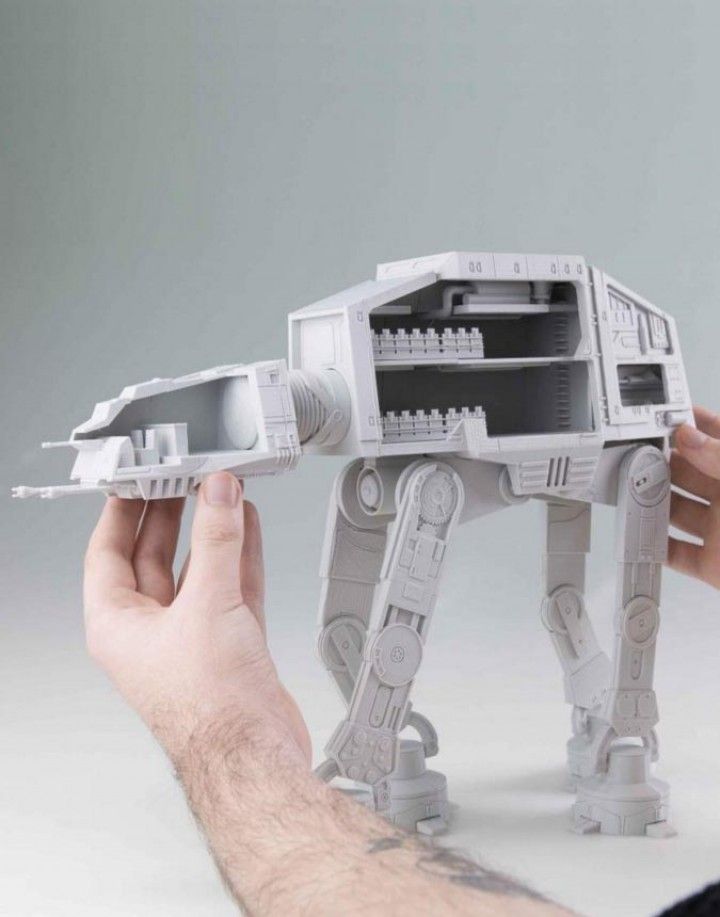
From the designer’s perspective, the benefit is that your CAD files are smaller and download faster. Designers still have all the information they need to evaluate and integrate your components into their projects.
Conclusion
The world has been given some of the most incredible gifts thanks to 3D printing. The applications made possible by additive manufacturing have ensured that technology will be around for a long time. Many people have even begun their careers with 3D printing, and many more are looking forward to it.
People find it fascinating to witness images that existed only in their heads come to life in the actual world. Technology has become a source of learning for many kids and amateurs, not simply for a vocation.
Better learning options continue to emerge as demand rises. Learning 3D modeling is a foundation for mastering 3D printing. To accomplish so, all you need is the greatest free 3D modeling software, which contains all of the necessary components to begin your targeted road toward 3D printing.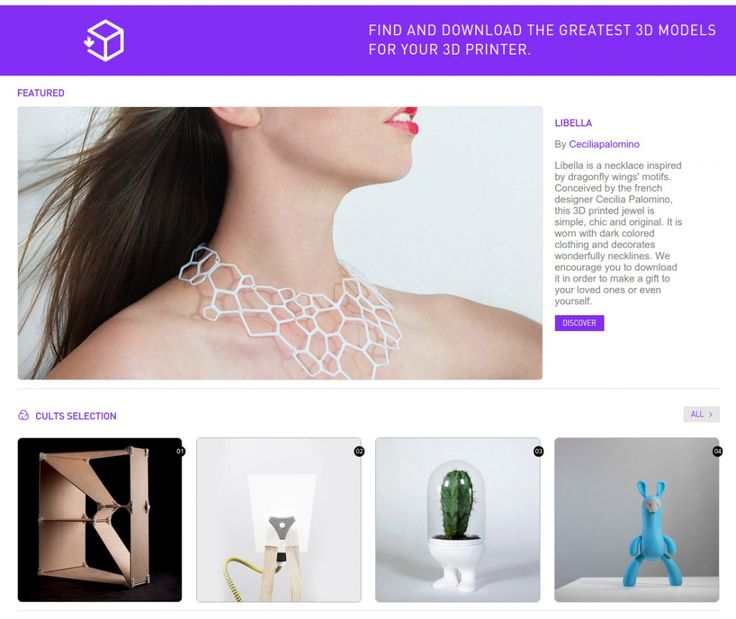
Software for 3D Printing - 3D Modeling Software/Slicers/3D Printer Hosts
An Overview Of The Best 3D Printing Software Tools
Every 3D print begins as a 3D model generated in a modeling program. Years ago, we had to spend lots of money and time to acquire and learn modeling software. Now, there are many easy-to-use modeling software options available, many of which are free. This list includes some of the best options and is sorted by price, with the free ones sorted alphabetically.
The list also indicates whether the software uses solid modeling, a type of 3D modeling that always generates models that are “manifold” or “water tight.” A manifold model is one in which all walls of the model have some thickness, which is necessary for 3D printing. By contrast, software that uses polygon modeling can generate walls that have zero thickness; that’s fine for creating computer graphics for games and movies but not useful when 3D printing the models. Manifold models can be created with polygon modeling software, it just takes more steps and experience. All the software in this list can create 3D printable models, but every model that comes out of solid modeling software is 3D printable.
All the software in this list can create 3D printable models, but every model that comes out of solid modeling software is 3D printable.
Additionally, we’ve noted what skill-level of user each software is designed for: beginners, amateurs, advanced users, and professionals. In general, the easiest to use options are near the top and the most powerful options tend to be near the bottom, though there are some outliers found throughout. Most of these software can be tried for free and there are free tutorial videos available for all of them.
Quick jump to:
3D Modeling Software
- Shapr3D
- Tinkercad
- Blender
- BRL-CAD
- DesignSpark Mechanical
- FreeCAD
- OpenSCAD
- Wings3D
- 3D Slash
- SketchUP
- Fusion 360
- MoI 3D
- Rhino3D
- Modo
- Cinema 4D
- SolidWorks
- Maya
- 3DS Max
- Inventor
Slicers & 3D Printer Hosts
- Ultimaker Cura
- Simplify3D
- Slic3r
- Repetier
- KISSlicer
- ideaMaker
- OctoPrint
- 3DPrinterOS
3D Modeling Software
These tools are all about creating models for 3D printing.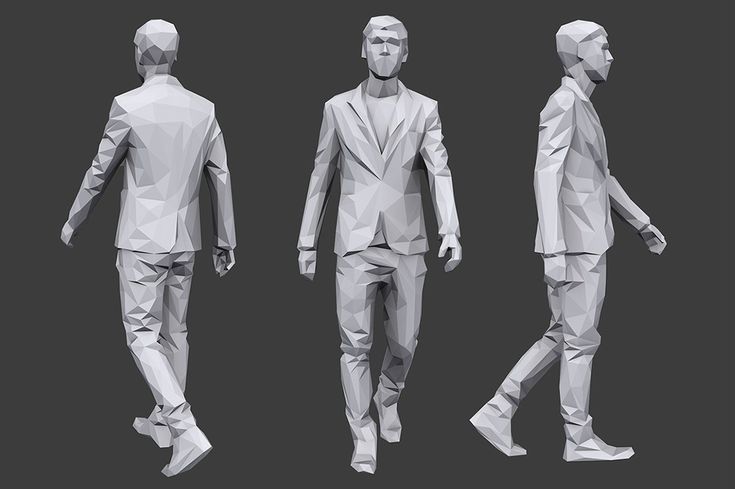 Some of them are pretty easy to use while other programs are only suitable for professional users with years of experience.
Some of them are pretty easy to use while other programs are only suitable for professional users with years of experience.
Shapr3D CAD Modeling
- Price: Free, $239/year for professional
- Solid modeling: Yes
- Intended for: Beginners and Professional
- What makes it special: An intuitive multi-device CAD experience allows you to design anywhere with ease.
Shapr3D is superb for professionals and hobbyists alike. It has an extremely intuitive and innovative user interface which will allow you to create models faster with the same high level of precision.
With their Visualization feature you’ll also be able to preview models in AR to ensure that your print will be perfect in its intended location.
Shapr3D is available on iPad, Windows, and Mac – and it will keep your files synced between them! I would 100% recommend checking them out.
Tinkercad
- Price: Free
- Solid modeling: Yes
- Intended for: Beginners
- What makes it special: It’s designed to allow anyone to create 3D printable models and serves as an introduction to solid modeling.
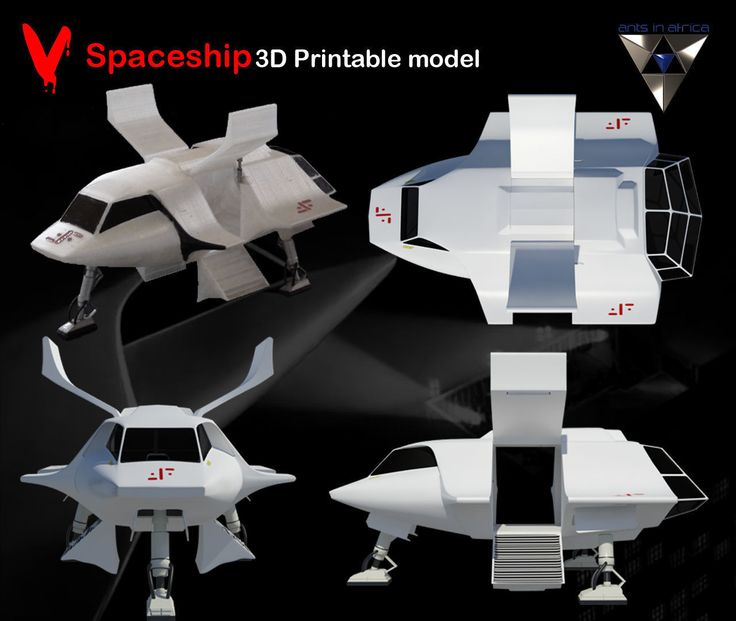
This is a browser-based 3D design app geared towards beginners. The software features an intuitive block-building concept, allowing you to develop models from a set of basic shapes. Tinkercad is full of tutorials and guides to aid any aspiring novices get the designs they’re looking for. It even allows you to share and export files with ease.
With a library of literally millions of files, users can find shapes that suit them best and manipulate them as they wish. It also has a direct integration with 3rd party printing services, allowing you to print and have your print at your door-step at the press of a button. Even though it can be a bit too simple to the point of limitation, it serves as a great way to learn about 3D modeling.
Blender
- Price: Free
- Solid modeling: No
- Intended for: Amateurs and advanced users
- What makes it special: It’s open source, feature-rich, and includes tools for sculpting, animation, simulation, rendering, motion tracking, and video editing.

In essence, Blender covers many facets of 3D creation, including modeling, animation, and simulation amongst others. This open-source software has a steep learning curve and is ideal for users who feel ready to transition to designing complex 3D models. Check out our Blender tutorials for 3D Printing page.
Blender is actually a free 3D modeling software which was originally for 3D animation and rendering using polygonal modeling techniques. Despite its origins as a software for artists, it is considered quite accessible. One of the software’s interesting features is the photorealistic rendering option. This gives the models an air of realism that few free software can achieve.
BRL-CAD
- Price: Free
- Solid modeling: Yes
- Intended for: Advanced users
- What makes it special: Developed and used by the US Army to support ballistic and electromagnetic analyses.
 Also includes ray tracing and geometric analysis tools.
Also includes ray tracing and geometric analysis tools.
This open-source software is an advanced solid modeling system with interactive geometry editing. It is apparently used by the U.S. military to model weapons systems, showing that it is quite dependable but also very advanced. BRL-CAD offers a high level of precision due to its use of specific coordinates to arrange geometric shapes.
It offers a large library of simple and complex shapes users can implement into their own designs. They can take multiple shapes and combine them at their leisure, as well. The software used to be quite costly, however it was converted to open source a few years ago. It includes over 400 tools in its arsenal. It also runs at great speeds, especially considering how dense its features are.
DesignSpark Mechanical
- Price: Free
- Solid modeling: Yes
- Intended for: Amateurs and advanced users
- What makes it special: A library of 3D models from industrial suppliers and the ability to generate a bill-of-materials for designs.
 Electrical and PCB CAD tools are also available.
Electrical and PCB CAD tools are also available.
This nifty and free CAD software is ideal for professionals and advanced hobbyists alike. The user interface is relatively straightforward and the software runs quickly, meaning efficient designing. You also have the capability to generate a bill-of-materials that calculates the cost of printing potential 3D design projects.
DesignSpark Mechanical allows users to utilise an in-built library to mix with own drawings. Another feature that new users might find useful is the pull feature that allows users to create 3D models from only a surface. It is feature-rich for a free software and quite beginner-friendly.
FreeCAD
- Price: Free
- Solid modeling: Yes
- Intended for: Amateurs and advanced users
- What makes it special: Models are fully parametric and recalculated on demand with an undo/redo stack. Other features include robotic simulation, architectural tools, and a path module for CAM (Computer Aided Manufacturing).

A parametric 3D modeling tool that is open-source and enables you to design real-life objects of any size. The parametric component makes editing your design a piece of cake. Simply go to your model history and change the parameters, and you’ll have a different model. As the name suggest, it is in fact totally free. The upside of this is that none of the tools are blocked behind a pay wall, so you can tweak your models to your heart’s desire.
It’s not the best for professional purposes, but it’s a great training tool. Despite it’s basic options and design elements it’s worth a try if you’re new and don’t want to have to invest in something before you dip your toe in the water.
OpenSCAD
- Price: Free
- Solid modeling: Yes
- Intended for: Amateurs and advanced users
- What makes it special: Designed for programmers, models are generated through typing scripts.
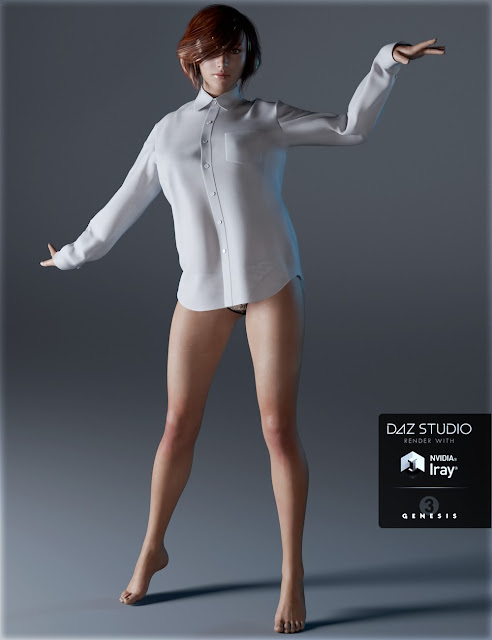
OpenSCAD is a free software with a ton of features and a unique way of creating models. This software takes a programming approach to 3D modeling, making it a unique addition to this list of 3d printing software tools. Instead of the traditional interactive modeling interface, users write code in a script file that describes the parameters of the 3D object. Once you’ve entered your code, you can view the shapes you’ve created by clicking a “compile” button.
Another great feature that OpenSCAD has is the ability to import 2D drawings and extrude them as 3-dimensional. It uses a part profile from drawings made in a standard sketching software and use the SXF file to do this. With its stronger focus on programming, OpenSCAD may appeal to some while alienating others. Regardless, it is still a powerful tool.
Wings3D
- Price: Free
- Solid modeling: No
- Intended for: Amateurs and advanced users
- What makes it special: Polygon modeling enables the creation of more organic shapes.
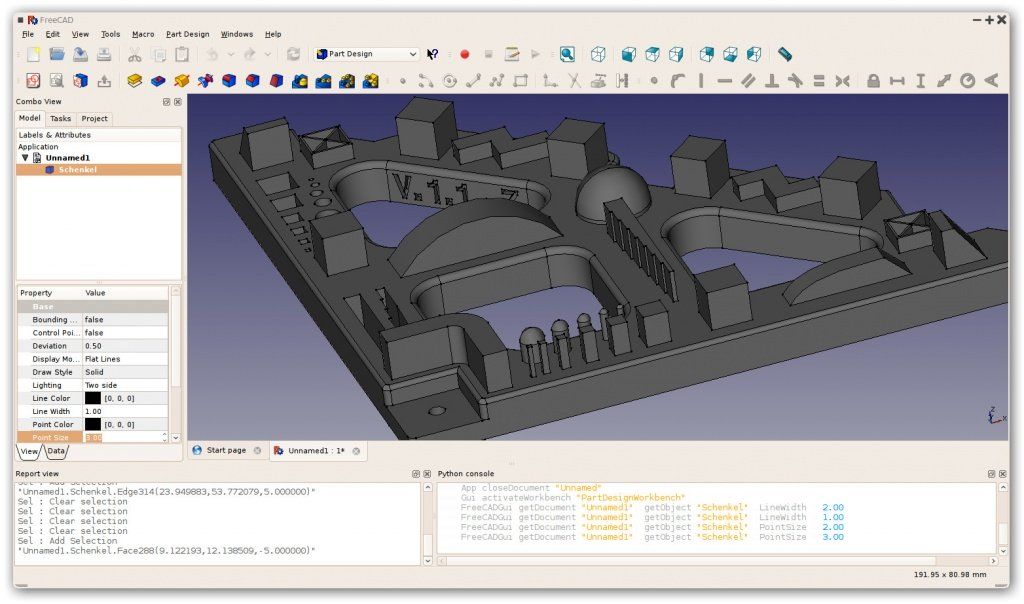 Standard tools can be accessed through a right-click menu.
Standard tools can be accessed through a right-click menu.
Wings3D is another open-source polygon model tool. Despite being freeware, it comes with a wide range of mesh and selection tools. Tools like mirror make symmetrical modeling a breeze. Seeing as it is a program for beginners, it is very user-friendly and the learning curve is quite steady. Features like the customisable hotkeys and easy to use interface are indicative of its status as an ideal tool for starters.
Despite the ease of use, it has no shortage of useful features such as plane cut, intersect, inset, bend, sweep, circularize, and sheer, making it capable of some very impressive models. It also supports a very wide range of file formats for both import and export. Despite its simple and plain looks, it is definitely worth checking out if you’re just starting out.
3D Slash
- Price: Free web version; Premium license is $24/year and a Commercial license is $240/year
- Solid modeling: Yes
- Intended for: Beginners and amateurs
- What makes it special: Models are created through “slashing” 3D blocks away to shape them as desired.
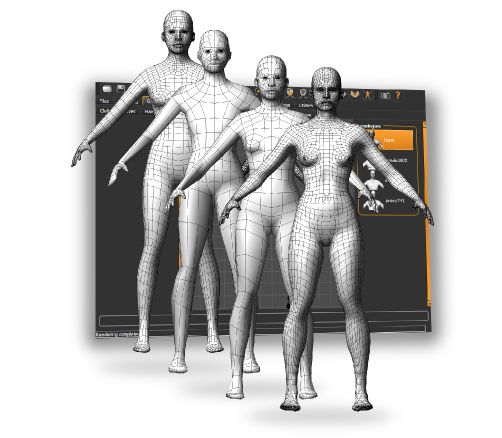
3D Slash focuses on providing design software with a uniquely fun user interface and enough advanced features to work with a high level of precision. You can also make logos and 3D text with this software. 3D Slash is free to use and ideal for beginners, however there a range of price packages that add in features for cooperative use or commercial use depending on the needs of the consumer. Additionally, the free versions has limitations in terms of functions, higher resolutions and colours you can apply. It’s intuitive interface with a block cutting style to create shapes makes it simple enough for anyone to use.
Even if you can’t find the creative spark to start a design from scratch, there are a multitude of files available for download that you can import and then cut apart into something new. Novel features like the cursor mode that makes interior designing much easier are great additions. Aside from its ability to run on standard mode, it an can also be used with VR head sets. While the blockish style can be limiting in terms of range of shapes one can make and less pleasing to the eyes, it is nonetheless efficient and practical. There are few software that are as quick from concept to finish as 3D slash.
While the blockish style can be limiting in terms of range of shapes one can make and less pleasing to the eyes, it is nonetheless efficient and practical. There are few software that are as quick from concept to finish as 3D slash.
SketchUp
- Price: Free web version; Pro version is $299/year
- Solid modeling: No
- Intended for: Beginners to advanced users
- What makes it special: Intuitive and powerful, with a library of user-generated and manufacturer-produced models.
SketchUp is another good modeling software because it maintains that balance between usability and functionality, making it ideal for most skill levels. The software has an easy learning curve and there are advanced features available for professionals at an extra cost. It is especially good for designing interior and exterior architectural projects but also has tools for a diverse range of other purposes.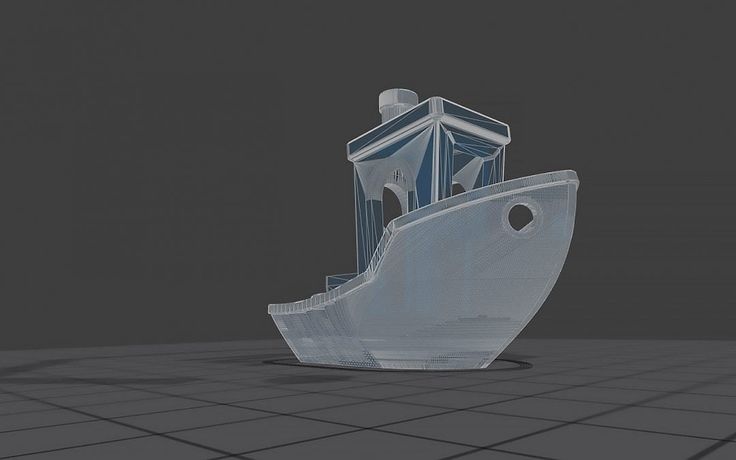
Anything complex can take quite a while, but simpler designs aren’t too time-consuming. A freeware version, SketchUp Make, and a paid version with additional functionality, SketchUp Pro, are also available.
Fusion 360
- Price: Free for personal use and startups, $595/year for commercial license
- Solid modeling: Yes
- Intended for: Amateurs to professionals
- What makes it special: Lots of features, such as tools modeling and sculpting, generative design, simulation, assemblies, collaboration, 3D printing, and CAM.
This is a unique addition to the list of 3d printing software tools. Fusion 360 is a cloud-based 3D CAD program that utilizes the power of the cloud to bring design teams together and collaborate on complex projects. Another advantage of the cloud platform is that Fusion stores the entire history of the model including the changes to it. Numerous design options are available, including freeform, solid, and mesh modeling.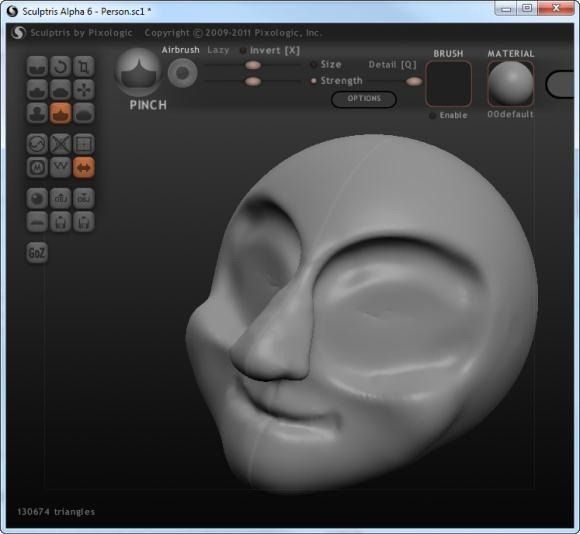
Fusion 360 operates on a monthly payment subscription basis. The developers also regularly update the features, making it better as new instalments come along. It runs on multiple platforms and allows users to access their information wherever they want.
MoI 3D
- Price: $295
- Solid modeling: Yes
- Intended for: Amateurs to advanced users
- What makes it special: Can create smooth meshes from CAD models and is pen-tablet friendly.
Short for Moment of Inspiration, MoI offers a sleek UI and powerful range of CAD tools for users specializing in polygonal modeling. The program comes with advanced boolean functions that enable quick design of “hard surface” models. It is a user-friendly software that uses the NURBS modeling system.
While it isn’t free, it is cheaper than some of its competitors. It has a good amount of functions in it, yet avoids being too cluttered with pointless features.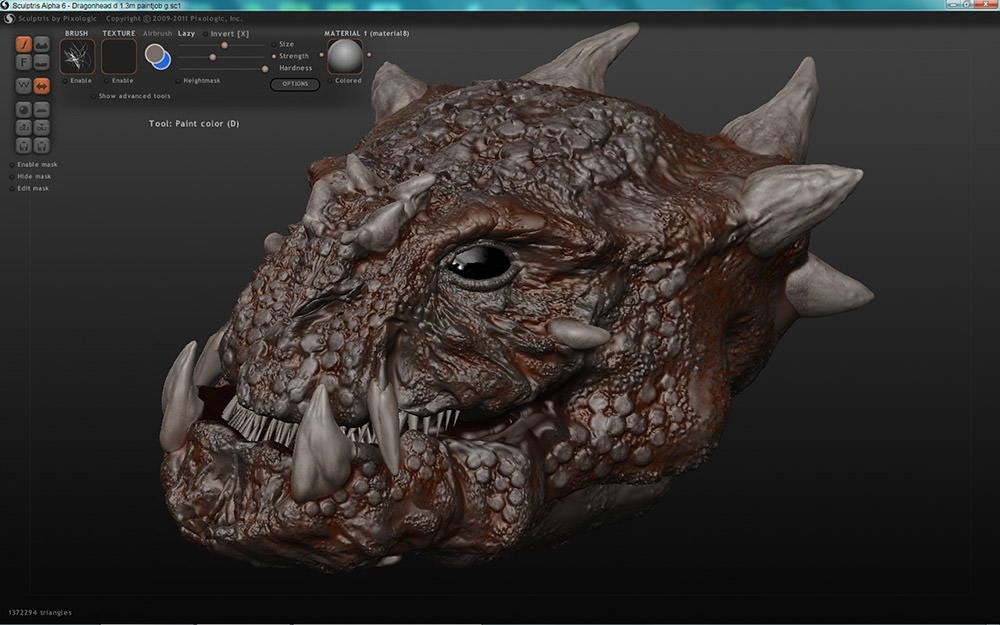 The system which uses curves and booleans makes workflow quicker as well.
The system which uses curves and booleans makes workflow quicker as well.
Rhino3D
- Price: $995
- Solid modeling: No
- Intended for: Advanced users and professionals
- What makes it special: Very powerful and full of features for modeling, analysis, rendering, 3D capture, CAM, and 3D printing.
The company behind this software markets it as the world’s most versatile 3D-modeler. The software is available for download in a variety of bundles on their website at various prices. The program uses a precise and mathematical model known as NURB, allowing you to manipulate points, curves, meshes, surfaces, solids, and more in all sorts of ways. Ultimately, given the range of design features available with Rhino3D, it’s hard to argue against its claims about unrivaled versatility in creating complex 3D models.
Users have commented on how the software can be very difficult to learn.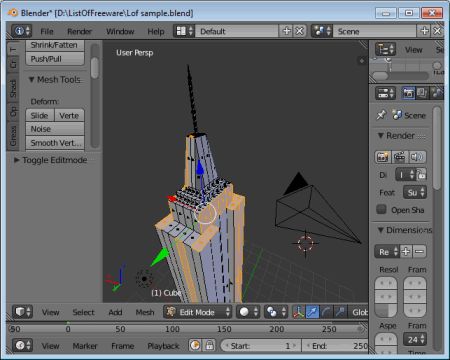 This is a natural trade-off between capabilities and user friendly many designers have to make when creating a detailed software. While it is not the most accurate software at capturing user intent, it is one of the best on the market.
This is a natural trade-off between capabilities and user friendly many designers have to make when creating a detailed software. While it is not the most accurate software at capturing user intent, it is one of the best on the market.
Modo
- Price: $599/year or $1,799 for Perpetual license
- Solid modeling: No
- Intended for: Amateurs to professionals
- What makes it special: Procedural modeling and artist-friendly tools for modeling, animation, texturing, and rendering.
Modo provides creative 3D polygon and subdivision surface modeling tools with a lot of flexibility, allowing you to create both freeform organic models and precision meshes using the same software. This is a professional-grade program with a range of features designed for advanced 3D designers, and the price reflects this.
Even though it isn’t the most user-friendly software, it hosts a large set of features while running smoothly.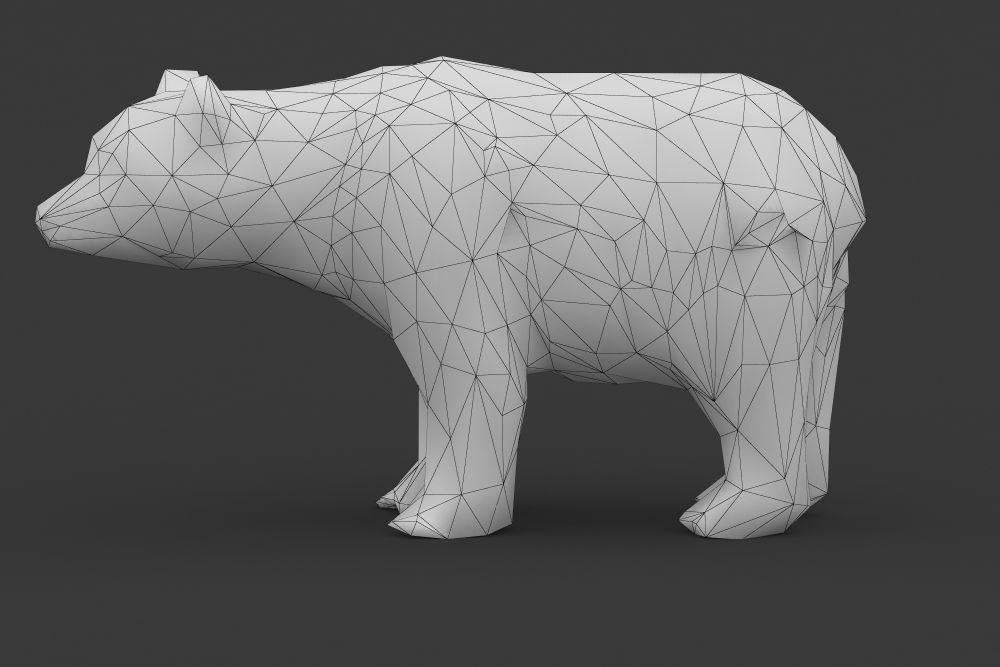 The speed of the software is particularly evident in terms of baking textures. It also works with partner software and extensions as additional customisations.
The speed of the software is particularly evident in terms of baking textures. It also works with partner software and extensions as additional customisations.
Cinema 4D
- Price: $720/year or $3,945 for Perpetual license
- Solid modeling: No
- Intended for: Amateurs to professionals
- What makes it special: An intuitive interface, parametric modeling, and procedural workflow.
This is an extremely powerful 3D modeling tool that lets you create complex 3D designs. Cinema 4D’s quite flat learning curve makes it approachable for beginners intimidated by software with advanced features. The program is regularly updated with free service packs, which help to optimize how it runs on various operating systems.
The user friendly options present the prints in very accessible ways. Scaling and shading options make modeling far easier. It’s sculpting tool is a great example of why this software is ideal for editing models and pre-existing files.
SolidWorks
- Price: $1,295/year or $3,995 for Perpetual license
- Solid modeling: Yes
- Intended for: Amateurs to professionals
- What makes it special: Powerful editing tree and tools for manufacturing, assemblies, simulation, cost estimates, CAM, and 3D printing.
Now we move on to SolidWorks. This is a CAD program often used by professional 3D designers. There are a plethora of advanced features included, such as design validation tools and reverse engineering. Solidworks comes in three distinct packages, depending on the exact features you need.
Solidworks tends towards the industrial side of things. It is practical and detailed. While most software, mimic curves through gently inclining flat structures, Solidworks uses a system of nurbs that create averages of the edges to produce fantastically detailed curvatures. It only does away with polygonal modeling, opting instead for dimensional sketching. As a result, resizing becomes far less of a hassle.
As a result, resizing becomes far less of a hassle.
Maya
- Price: $1,545/year
- Solid modeling: No
- Intended for: Advanced users and professionals
- What makes it special: Procedural effects and powerful world and character creation tools.
Primarily marketed at animation professionals, Maya is useful for many aspects of 3D modeling, especially in terms of mathematically smooth surfaces and shapes. Maya was originally slated as a 3D animation software, but is very useful in 3D printing as well. Thus, a lot of the interface options are more reminiscent of sculpting and animation.
Maya is more applicable to artistic printing requirements. It has a fast rendering engine and is best for highly detailed models with many intricacies. The downside is that it is very expensive (it is, after all, the same software used for high-budget movie CGI|). Nonetheless, it allows for realistic representations of reflection and colour on a software with smooth operation.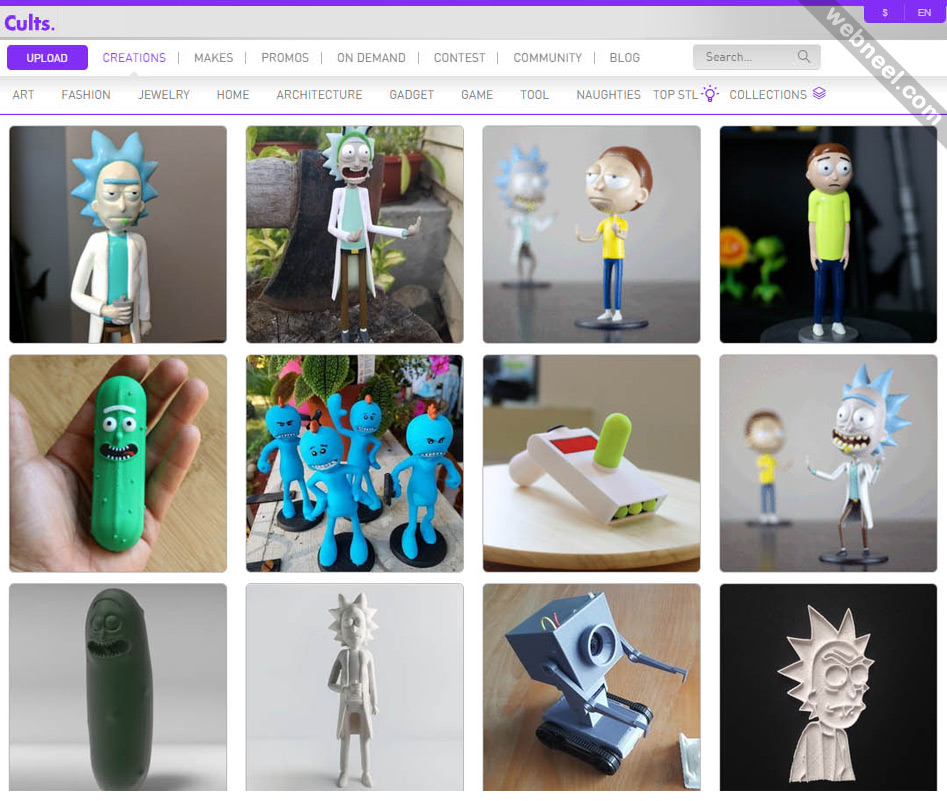
3DS Max
- Price: $1,545/year
- Solid modeling: No
- Intended for: Advanced users and professionals
- What makes it special: Advanced users and professionals
Another program that focuses on animation, 3DS Max offers some great 3D modeling features such as shading tools, parametric mesh modeling, and polygon modeling. This Windows only software is a favourite among video game developers, many TV commercial studios and architectural visualization studios.
Inventor
- Price: $1985/year
- Solid modeling: Yes
- Intended for: Advanced users and professionals
- What makes it special: Tailored specifically for product design and engineering applications and loaded with tools for simulation and manufacturing.
Inventor 3D CAD software offers professional-level 3D mechanical design. The program comes with freeform, direct, and parametric modeling choices. Furthermore, you also get automation and simulation tools.
The program comes with freeform, direct, and parametric modeling choices. Furthermore, you also get automation and simulation tools.
Developed by Autodesk, Inventor comes in different packages depending on level of proficiency (student, professional etc.). One of the great things about Inventor is how they improve the software with user feedback. New versions include improvements to visual data representation and the ability to easily reference 3rd party designs without the need to convert file formats.
Slicers & 3D Printer Hosts
The second section of this list of the best 3D printing software tools focuses on programs that help you to execute a 3D print. Slicers are the easiest way to go from a 3D model to a printed part because they take a CAD model, slice it into layers and turn the model into G-code. The slicer software also includes 3D printer settings like temperature, layer height, print speed, etc. to the G-code. The 3D printer can read this G-code and make the model layer by layer following the instructions set in the G-code.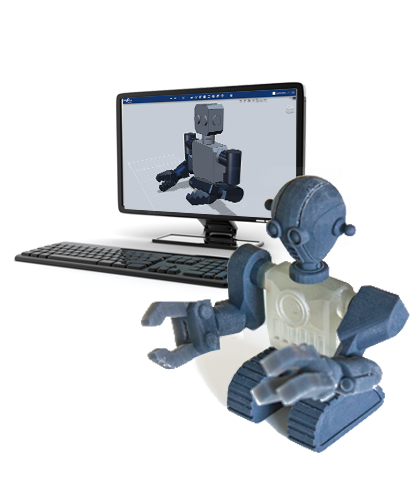
Ultimaker Cura
Despite its name, Cura can be used with almost any 3D printer because it is an open-source slicer. The program is ideal for beginners because it is intuitive and fast. Most of all, it’s easy to use. More advanced users can access a further 200 settings to refine their prints.
Simplify3D
Simplify3D is an extremely powerful premium slicing tool that helps you drastically improve the quality of 3D prints. Not only does Simplify3D slice your CAD into layers, it also corrects any problems with your models and allows you to preview the end result, helping to further identify any other issues. Advanced users will need to decide if the premium features are worth paying for compared to open-source slicers.
Slic3r
This open-source software includes real-time incremental slicing, 3D preview, and more. It is one of the most widely used 3D printing software tools. The incremental real-time slicing ensures that when you change a setting, the slicing doesn’t need to start from scratch.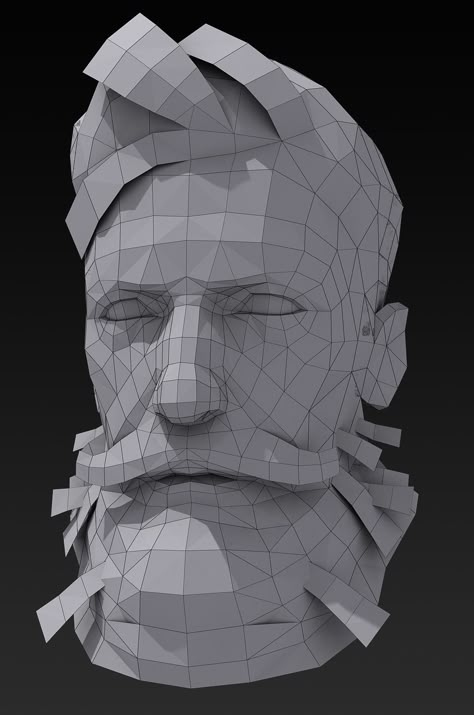 Only the G-code for affected parts is recalculated. The end result is a fast, flexible, and precise slicing program.
Only the G-code for affected parts is recalculated. The end result is a fast, flexible, and precise slicing program.
Repetier
This open-source slicer software supports three different slicing engines; Slic3r, CuraEngine, and Skeinforge. Repetier can also handle up to 16 extruders with different filament types and colors simultaneously, and you can visualize your end result before printing. There is a lot of customization and a lot of tinkering involved, making Repetier ideal for more advanced users. You also get remote access to your printers with Repetier host.
KISSlicer
This slicing software does its job well, although the user interface is somewhat basic. Still, if you just need a slicer that delivers great results, use KISSlicer. Note that the basic version is for single-head machines only. You’ll need a PRO version for multi-head machines.
ideaMaker
This free slicer is distributed by Raise3D and provides fast, simple slicing for most 3D printers. Team members can share print profiles and supports can be automatically or manually placed. The adaptive layer height tool allows the software to adjust layer height depending on the level of detail in the model, maximizing print quality while minimizing print time. Remote monitoring and control is also available.
Team members can share print profiles and supports can be automatically or manually placed. The adaptive layer height tool allows the software to adjust layer height depending on the level of detail in the model, maximizing print quality while minimizing print time. Remote monitoring and control is also available.
OctoPrint
A free open-source web-interface that allows for remote control and monitoring of 3D printers. It’s compatible with most 3D printers and allows users to watch their prints with an embedded webcam feed. Prints can be started, paused, and stopped remotely, and plugins are available to track print statistics and send push notifications on job progress.
3DPrinterOS
This nifty cloud 3D printer management software comes at a cost. The essential idea is the management of the entire 3D printing process with one platform. Users can edit and repair designs, slice STL files from the cloud, and even send files for printing from anywhere in the world. The software also features the capability to share CAD files.
The software also features the capability to share CAD files.
10 Free 3D Modeling Software
These days, if you want to get started with 3D modeling, you don't need to invest a lot of money in software! There are free solutions on the market to start modeling your objects or personalize models that you have downloaded from the Internet. And while many may think that free modeling software is just for beginners, this is far from the case. In the following list, we bring you 10 free 3D modeling software that are designed for different levels of modeling experience (listed alphabetically).
3D Builder
3D Builder is a free 3D modeling application that allows you to view, create and personalize 3D objects. Developed by Microsoft Corporation, it is only available for Windows. The great thing about 3D Builder is that it is suitable for any user with or without experience in 3D modeling. This software allows you to create objects by combining simple shapes, or start with a 3D file that you download online that can be customized to suit your needs. Additional features include viewing and editing, as well as easy-to-use personalization tools. 3D Builder is also ideal for 3D printing as it supports the most important 3D printing file formats: STL, OBJ, 3MF, etc.
Additional features include viewing and editing, as well as easy-to-use personalization tools. 3D Builder is also ideal for 3D printing as it supports the most important 3D printing file formats: STL, OBJ, 3MF, etc.
Blender free 3D modeling software
Created in 1995, Blender is a complete 3D modeling software very popular in the world of animation and video due to the many features it offers. Not only is it free, but it's also open source, which means it's constantly being improved. One of the most attractive advantages of Blender is that the entire 3D pipeline is supported, including modeling, animation, simulation, rendering, motion tracking, etc. This CAD software is cross-platform and runs on Linux, Windows and Macintosh computers. Based on polygonal modeling, it doesn't have to be the most widely used solution in the additive manufacturing sector, but it does allow you to export 3D models in technology-adapted formats.
BlocksCAD
BlocksCAD is one of the easiest to use free 3D modeling software. Designed for the education sector, the platform is a lot like the LEGO system as it relies on building different blocks to get more complex final pieces. The online software consists of addition and subtraction of geometric figures on a plan with 3 main axes (x, y, z). To do this, pictures, actions and parameters must be placed on the left side of the screen, so that later they are displayed on the plan on the right. One of its advantages is that it is compatible with the OpenSCAD software, an open source program more advanced than this, so the created drawings can be transferred to another program once the user gains more experience. Without a doubt, BlocksCAD is the perfect solution to get started with 3D modeling software, and it's free!
FreeCAD
FreeCAD, developed by Juergen Riegel, Werner Mayer and Yorick van Havre, is one of the most famous 3D modeling software with advanced features, open source and free to use. The program is compatible with Windows, Linux and Mac and supports a large number of formats such as STEP, IGES, STL, SVG, DEX, OBJ, IFC and DAE. To create 3D models, you must start with a 2D sketch, which will then take the form of a 3D idea. The interface is easy to use and allows you to define different line orientations, such as angles, and then resize them. 3D models can also be developed through a process called "filling". There are currently over 25,000 members in the FreeCAD community, making it one of the most popular choices among 3D modeling software.
The program is compatible with Windows, Linux and Mac and supports a large number of formats such as STEP, IGES, STL, SVG, DEX, OBJ, IFC and DAE. To create 3D models, you must start with a 2D sketch, which will then take the form of a 3D idea. The interface is easy to use and allows you to define different line orientations, such as angles, and then resize them. 3D models can also be developed through a process called "filling". There are currently over 25,000 members in the FreeCAD community, making it one of the most popular choices among 3D modeling software.
LeoCAD Free 3D Modeling Software
Perfect for Lego fans, LeoCAD has been designed for any user who wants to start building models without spending too much time learning a 3D model. The modeling process is based on Lego-like bricks that you can add to build 3D models. At the same time, this free 3D modeling software is suitable for more advanced users who want to create advanced models, as it offers more advanced features than meets the eye.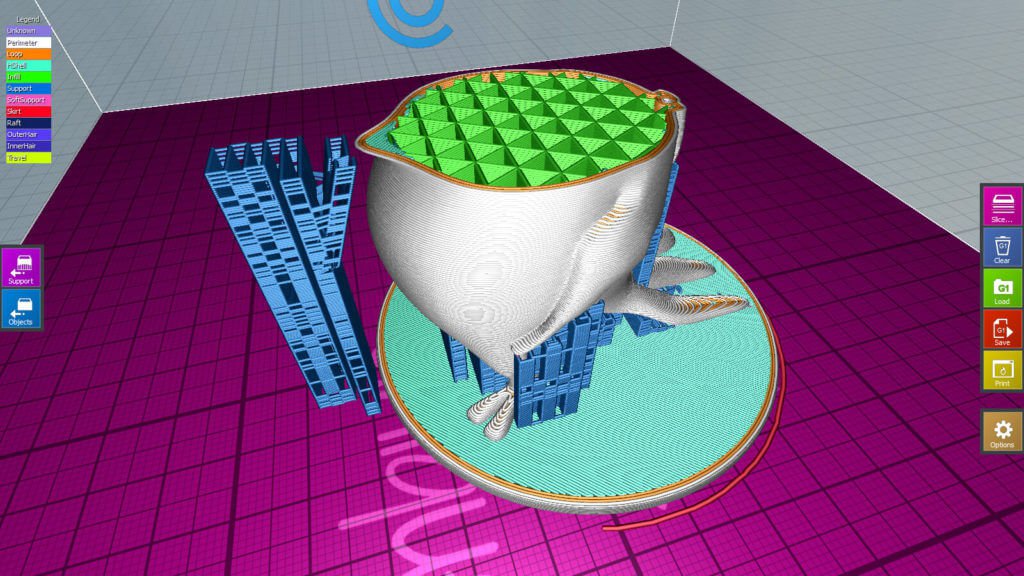 Moreover, LeoCAD is open source and available for Windows, Linus, macOS. You can start modeling from scratch, but the platform also provides over 10,000 different parts that can be downloaded directly from the LDraw parts library.
Moreover, LeoCAD is open source and available for Windows, Linus, macOS. You can start modeling from scratch, but the platform also provides over 10,000 different parts that can be downloaded directly from the LDraw parts library.
Meshmixer 3D modeling software
Meshmixer is a free CAD software part of the Autodesk software family. This is not a very typical CAD software as it does not allow you to create your products from scratch. Instead, this software will help you with animation, modeling, zipper, hole filling, chiselling, 3D surface stamping, and automatic editing of pre-existing models that you modify to create your own. One of its main advantages is that you can modify a 3D model without worrying too much about its 3D topology - since the blending functionality is quite powerful, it allows you to easily attach one model to another, the software takes care of all the mesh modification nuances.
OpenSCAD
Another free modeling software called OpenSCAD is an open source software that creates 3D models from scripts.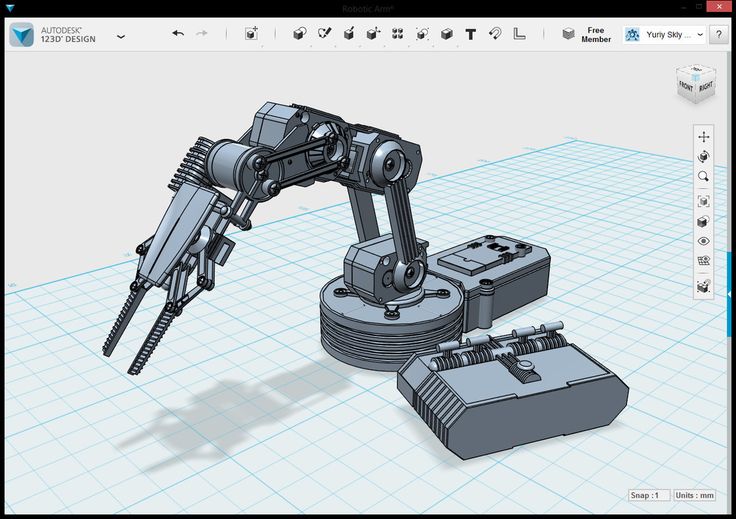 Simple geometric elements can be modified to create complex 3D models. To do this, the user only needs to familiarize himself with the programming language. Once you become familiar with it, you will be able to create very complex models and have complete control over your projects. If modeling with OpenSCAD seems too complicated for you, you can first use the free BlocksCAD software and thus become familiar with the type of modeling.
Simple geometric elements can be modified to create complex 3D models. To do this, the user only needs to familiarize himself with the programming language. Once you become familiar with it, you will be able to create very complex models and have complete control over your projects. If modeling with OpenSCAD seems too complicated for you, you can first use the free BlocksCAD software and thus become familiar with the type of modeling.
SketchUp Free
SketchUp Free 3D modeling software is also known by its former name Sketch Up Maker which was released in 2000. It is completely free and, thanks to its ease of use, is also suitable for beginners. If necessary, the software also provides the ability to access a library of ready-made free 3D models. In addition, you can also create your own model. This surface modeling software allows you to use various tools for drawing, measuring and moving. Export allows you to save created models as STL files or in the Trimble Connect cloud.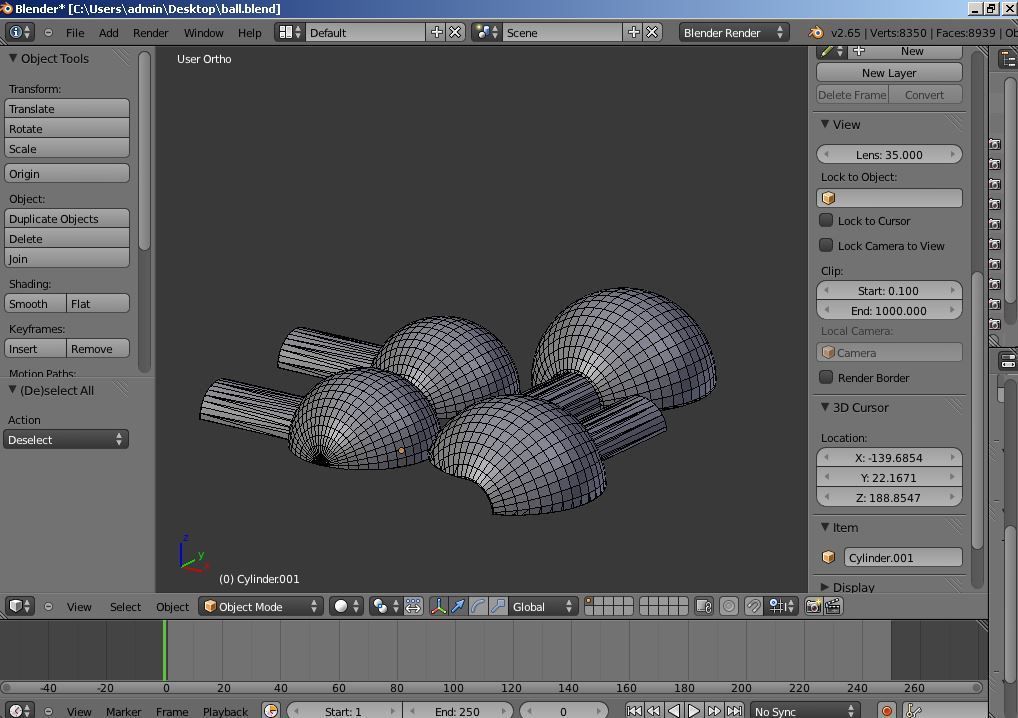 If you want to work with extensions, you need to use the paid SketchUp Pro software.
If you want to work with extensions, you need to use the paid SketchUp Pro software.
TinkerCAD
Developed by the giant Autodesk, Tinkercad is an online modeling solution primarily aimed at beginners, teachers and kids. It is based on solid construction geometry, which means that the user will model their object by combining solid shapes such as cubes, cylinders, etc. The resulting 3D models will be more or less complex, like a LEGO structure. They can be exported in three different formats, STL, OBJ and SVG, allowing you to print your favorite designs. This free modeling software also provides a library of files that users can modify to easily get their desired shape.
Vectary 3D modeling software
Vectary is a modeling solution developed by two 3D designers. It is an online platform that includes a 100% free version and other paid solutions that offer more options. The free version is available directly from your browser and allows you to simultaneously model up to three 3D projects from solid shapes (cubes, cylinders, capsules, spheres, etc.). When the model is ready, you can export it to . STL format for 3D printing. Vectary also includes many tutorials to help you improve your modeling skills and a library of models.
The free version is available directly from your browser and allows you to simultaneously model up to three 3D projects from solid shapes (cubes, cylinders, capsules, spheres, etc.). When the model is ready, you can export it to . STL format for 3D printing. Vectary also includes many tutorials to help you improve your modeling skills and a library of models.
Author Aisha M.
Source
Tags:
Modeling Programs, Vectary 3D, 3D Builder, Blender, BlockScad, Freecad, Freecad, Leocad , Meshmixer 3D, OpenSCAD, SketchUp, TinkerCAD, 3D Project
Top 20 Free 3D Printing and 3D Printing Software
Looking for a 3D printing software? We've rounded up the top 20 software tools for beginners and professionals alike. Most slicers are free.
What is a slicer? This is a program for preparing a digital model for printing. Models for 3D printing are usually distributed in STL files. To turn an STL file into G-code (a language that a 3D printer understands), a slicer program is required. It is called a slicer because it cuts (to slice - English) a 3D model into many flat two-dimensional layers, from which a 3D printer will add a physical object.
To turn an STL file into G-code (a language that a 3D printer understands), a slicer program is required. It is called a slicer because it cuts (to slice - English) a 3D model into many flat two-dimensional layers, from which a 3D printer will add a physical object.
Which slicer should I choose? In this article, we will tell you which slicer is the best choice for 3D printing for each stage of your work. Which one is better for preparing a 3D model for printing? But what if you need to create a 3D model from scratch? And if you are only taking the first steps in 3D?
Don't be afraid, we've answered all of these questions, including the required skill level for each program and where you can download it. The great thing is that most of these programs are completely free and open source.
- Cura
- CraftWare
- 123D Catch
- 3D Slash
- TinkerCAD
- 3DTin
- Sculptris
- ViewSTL
- Netfabb Basic
- Repetier
- FreeCAD
- SketchUp
- 3D Tool
- Meshfix
- Simplify3D
- Slic3r
- Blender
- MeshLab
- Meshmixer
- OctoPrint
#1: Cura
For beginners who need a slicer to prepare STL files for 3D printing
Cura is the standard slicer software for all Ultimaker 3D printers, but can be used with most others , including RepRap, Makerbot, Printrbot, Lulzbot and Witbox.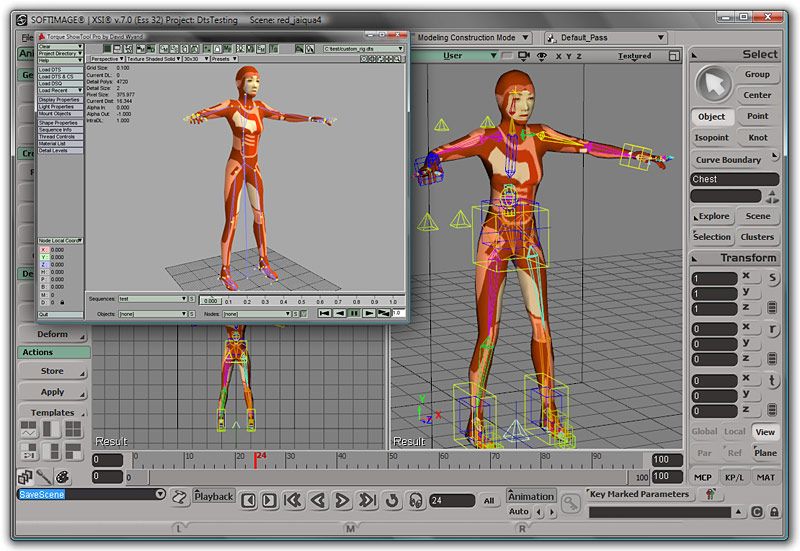 The program is completely open source, its capabilities can be extended using plugins.
The program is completely open source, its capabilities can be extended using plugins.
This program is very easy to use and allows you to manage the most important 3D printing settings through a clear interface. Start in Basic mode to quickly get up to speed and change print quality settings. If finer control is required, switch to Expert mode.
Cura can also be used to directly control the printer, but then the printer and computer must be connected to each other.
Download: Cura
Price: Free
Systems: PC, Mac, Linux
#2: CraftWare
For beginners to prepare STL files for 3D printing its crowdfunding device CraftBot. However, the program works with other printers.
Like Cura, CraftWare allows you to switch from "Easy" to "Expert" mode, depending on how confident you feel. It's a colorful app that features a visual G-code visualization with each function represented by a different color. But the most outstanding feature is the individual support service.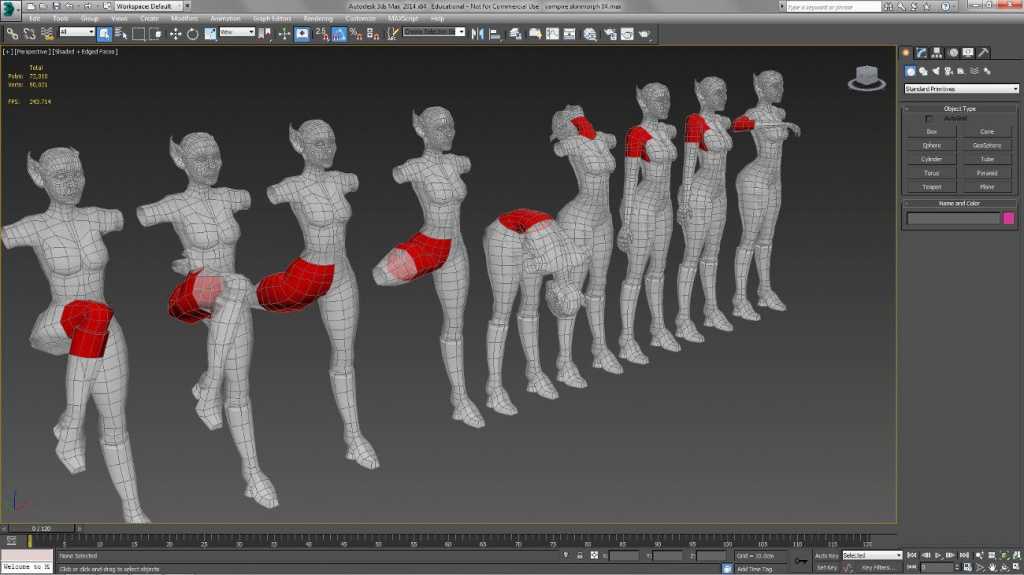 As far as we know, only the paid program Simplify3D has this.
As far as we know, only the paid program Simplify3D has this.
Please note, however, that this program is still in beta, so bugs may occur.
Download: CraftWare
Price: Free
Systems: PC, Mac
#3: 123D Catch
-systems, smartphones and tablets, which allows you to convert images of objects into a 3D model. Pictures can be taken with a smartphone/tablet or digital camera.
You need a lot of photos of the object from different angles - the more the better - after which a 3D model will be compiled from them.
123D Catch is more of a fun app than a professional 3D printing tool, but after some tambourine dancing, you can get good results, especially when paired with an STL editor like MeshLab or Meshmixer.
Price: Free
Systems: PC, Android, iOS, Windows Phone
#4: 3D Slash
For beginners who want to create 3D printable models
This is a 3D printing program that is both surprisingly simple and refreshingly new.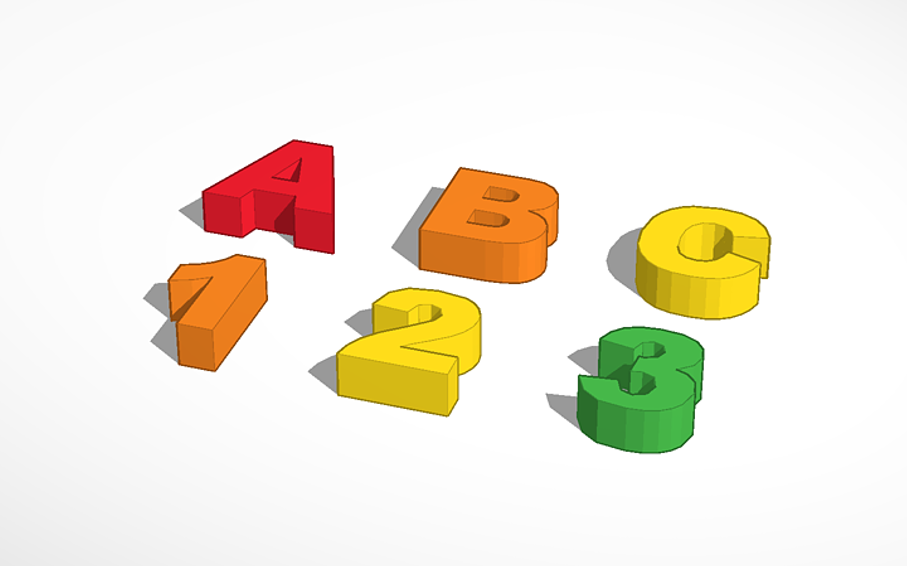 With 3D Slash, you can design 3D models using your dice skills.
With 3D Slash, you can design 3D models using your dice skills.
You can start with a large block and, like a virtual sculptor, remove small cups from it with tools such as a hammer or drill, or start from empty space and build a model out of cubes and other shapes. You can paint with flowers or use template pictures.
Other features worth mentioning are tools for creating logos and 3D text. The Logo Wizard imports an image and creates a 3D model, while the Text Wizard allows you to enter and format text, and then turn it into 3D.
Recommended!
Download: 3dslash.net
Price: Free
Systems: PC, Mac, Linux, Browser
#5: TinkerCAD
For beginners who want to create printable 3D models
TinkerCAD is an online 3D printing computer-aided design (CAD) system that is a good starting point for beginners. Since its capabilities are limited compared to Blender, FreeCAD and SketchUp, many users switch to more powerful tools after some time.
As in 3D Slash, here you can build models from basic shapes. At the same time, unlike 3D Slash, TinkerCAD allows you to create vector shapes in 2D and convert them into three-dimensional models.
Come in: Autodesk TinkerCAD
Price: Free
Systems: Browser
#6: 3DTin
For beginners who want to create 3D printable models
is a great online intuitive tool 3DTin choice for beginners in 3D modeling. All you need is a Chrome or Firefox browser with WebGL enabled.
Choose from a huge library of 3D shapes and add them to your sketch. All sketches are stored in the cloud, access to them is free if you honor the Creative Commons license. Everything can be exported to STL or OBJ formats.
Enter: 3DTin
Price: Free
Systems: Browser
#7: Sculptris
For beginners who want to create 3D printable models
clay. This is a fantastic 3D modeling program if figurines are your main task. For example, you can make a bust of your favorite video game or comic book character. Sculptris is completely free and bills itself as a stepping stone to the more complex (and expensive) ZBrush tool.
Download: Pixologic Sculptris
Price: Free
Systems: PC, Mac
#8: ViewSTL
For beginners who want to view STL files
ViewSTL is the easiest way to view STL files . Simply open a web page and drag the STL onto the dotted box.
The STL online viewer allows you to display the model in one of three views: flat shading (for a quick view), smooth shading (for a high-quality image), and wireframe.
Enter: ViewSTL
Price: Free
Systems: Browser
#9: Netfabb Basic
some nice features that allow you to analyze, "repair" and edit STL files before moving on to the model cutting stage.
A good choice if you need more than just a slicer and want to be able to quickly fix STL files without having to learn programs like MeshLab or Meshmixer.
Don't let the 'Basic' in the name fool you, Netfabb Basic is actually a very powerful 3D printing tool. It's "basic" only in the sense that it doesn't cost €1,500 like Netfabb Professional!
Download: netfabb.de
Price: Free
Systems: PC, Mac, Linux
No. 10: Repetier
For advanced to prepare STL files for 3D printing
9002 the next level of 3D printer slicer software, but if you want to stay open source, you should look into Repetier. It is the great grandfather of 3D printing software and a favorite of the RepRap community.Today the program is moving by leaps and bounds from the level for beginners to advanced users. Packaged in an all-in-one configuration, it supports up to 16 extruders, multi-slicing via plug-ins, and virtually every fusing 3D printer on the market. Get ready to tinker!
What's more, Repetier Host works remotely via Repetier Server, so that the 3D printer can be controlled via a browser, tablet or smartphone.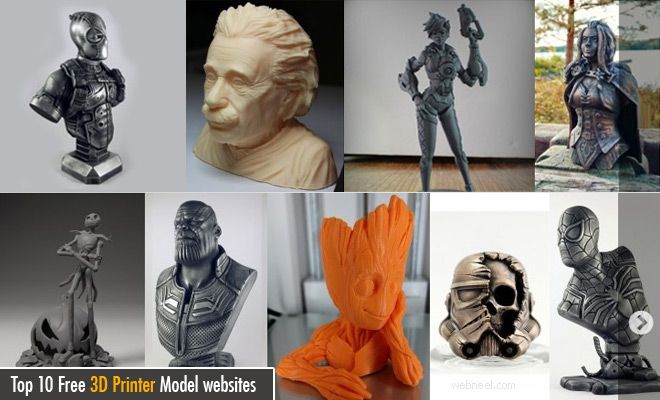
Download: Repetier
Price: Free
Systems: PC, Mac, Linux
#11: FreeCAD
The program is a great option for developing your design skills. More technically, this parametric 3D modeling program allows you to easily change the project by rolling back through the history of the model and editing the parameters.
Download: freecadweb.org
Price: Free
Systems: PC, Mac, Linux
#12: SketchUp
For beginners who want to create 3D printable models
SketchUp is the perfect combination of simplicity and - the perfect combination functionality, with a user-friendly interface and a relatively flat learning curve (i.e., as experience grows with the time spent), the ideal program for developing three-dimensional models.
The Make SketchUp version is free and will have everything you need for 3D modeling if you also download and install the free STL exporter. There is also a professional edition for architects, interior designers and engineers.
Download: sketchup.com
Price: Free (SketchUp Make), $695 (SketchUp Pro)
Systems: PC, Mac, Linux
#13: 3D-Tool Free Viewer
view and check STL files
3D-Tool Free Viewer is a sophisticated tool that, among other things, allows you to check the structural integrity and printability of your file. With the Cross-Section function, for example, you can look at the model from the inside and check the wall thickness. Very useful if you want to check your STL file for killer errors before printing.
Download: 3D-Tool
Price: Free
Systems: PC
#14: Meshfix
your model for errors.
Price: Free
Systems: Browser
#15: Simplify3D
For professionals to prepare STL files for 3D printing print. A flexible algorithm checks the model for problems, fixes them, shows a preview of the printing process (ideal for identifying potential problems), and then slices it.
This slicer offers the best infill pattern options in the competition. For models that require supports, Simplify3D will create the appropriate structures on its own and give you full control over their placement. For printers with a dual extruder, when printing with different materials, the Dual Extrusion wizard will help, as a result of which, for example, it will be easier to remove the dissolving filament.
Simplify3D supports 90% of today's commercially available desktop 3D printers and is compatible with Marlin, Sprinter, Repetier, XYZprinting, FlashForge, Sailfish and MakerBot firmware. Simplify3D can also be used to directly control the printer, but then the printer and computer must be connected to each other.
Download: simplify3d.com
Price: $149
Systems: PC, Mac, Linux
#16: Slic3r
source code, which has a reputation as a carrier of super new functionality, which you will not find anywhere else. The current version of the program is able to show the model from multiple angles, so that the user gets a better preview experience.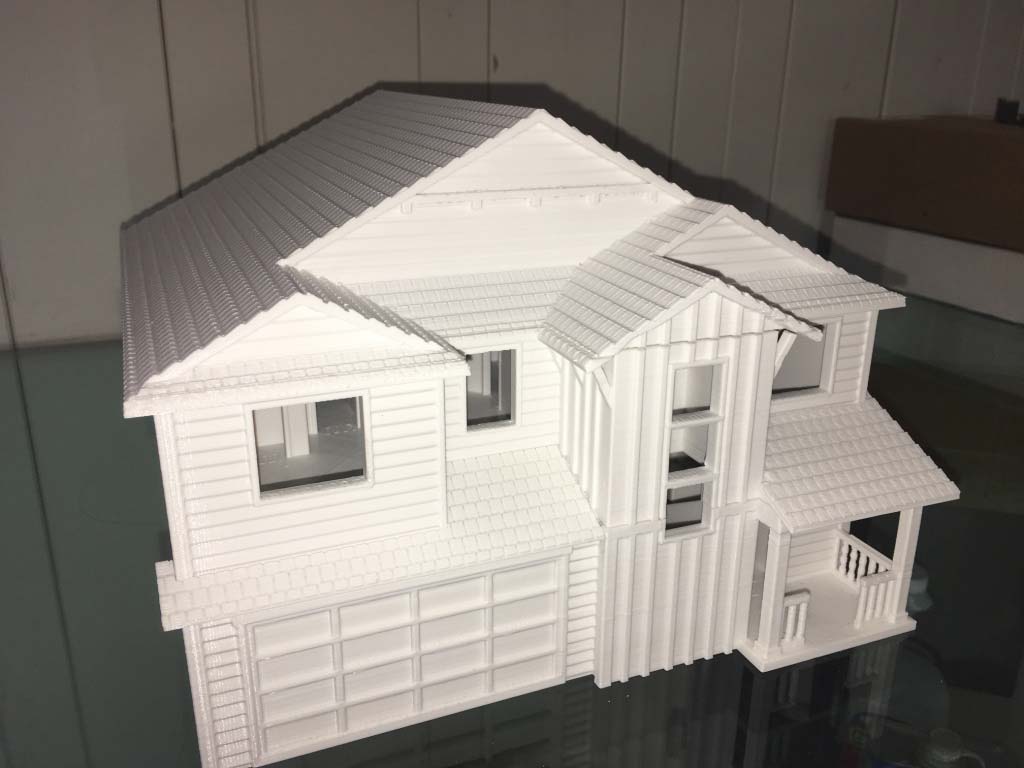
There's also an incredible 3D honeycomb infill, the first of its kind that can extend over multiple layers rather than repeating itself like a stamp. This significantly increases the strength of the internal filling of the model and the final printout.
Another option is direct integration with Octoprint. Once the files on the user's desktop are sliced, they can be directly uploaded to Octoprint with one click.
Download: Slic3r
Price: Free
Systems: PC, Mac, Linux
#17: Blender
For professionals who want to create 3D printable models
Blender is a popular computer-aided design (CAD) system with a steep learning curve. Not at all the best choice for beginners, but what you need if you are quite experienced and need something more complex for modeling and printing.
In short, Blender is one of the most powerful tools in existence. Its community is always ready to help, there are a lot of educational materials.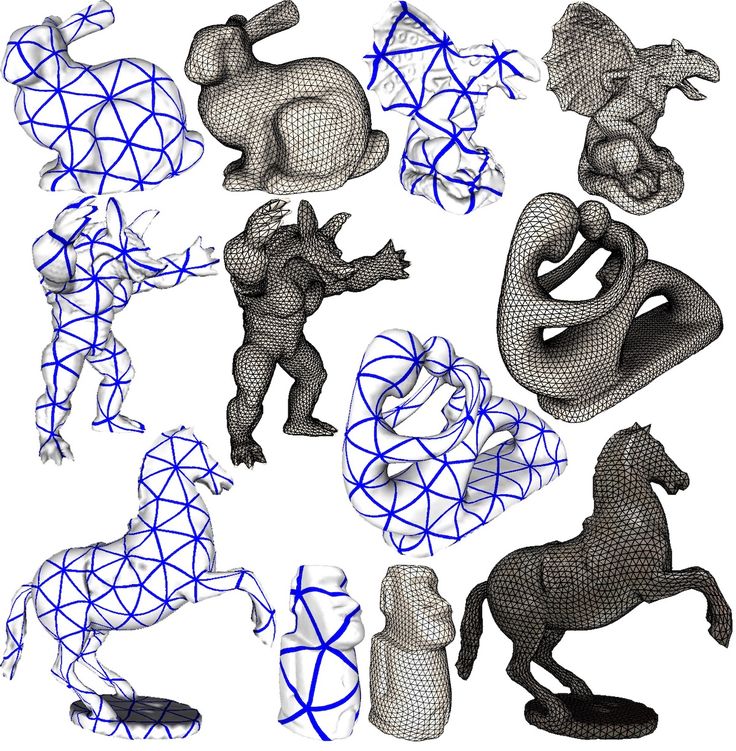 It's also open source, so enthusiasts often write extensions to make it even better and more powerful.
It's also open source, so enthusiasts often write extensions to make it even better and more powerful.
Download: blender.org
Price: Free
Systems: PC, Mac, Linux
#18: MeshLab
For professionals to prepare STL files for 3D printing
MeshLab - advanced editor. It allows you to remove parts of a 3D model, merge two models into one, patch holes. If you need a program to modify models for 3D printing or some kind of "repair" work, MeshLab is the right choice.
Price: Free
Systems: PC, Mac, Linux
#19: Meshmixer
For professionals to prepare STL files for 3D printing files. It's especially good for identifying potential problems and fixing them automatically. For example, it will show paper-thin walls that can lead to problems with 3D printing. Meshmixer is part of the Autodesk family of 3D printer software, so it should work well with tools like TinkerCAD.
Price: Free
Systems: PC, Mac
#20: OctoPrint
start, pause or interrupt 3D print jobs.